Sake, beer and wine in northern Gunma
Water is an important ingredient when it comes to brewed drinks, and the Tone-Numata region of northern Gunma Prefecture, about an hour north of Tokyo, is a region blessed with delicious water. The region is where the source of the Tone River, one of the largest and longest rivers in Japan, is located. This river and tributaries flow from Gunma and through the Kanto Region before emptying out into the Pacific Ocean. Over the centuries, the Tone River has been a source of livelihood for those living in the vicinity, providing water for agriculture and food production, fishing and as a means of transportation.
The Tone-Numata region is surrounded by numerous mountains that are 2000 meters and above, and visitors can enjoy panoramic mountain views in combination with farmland landscape. The nearby mountains and rivers also ensure that one is never far from outdoor activities like skiing, rafting and hiking or soaking in a hot spring bath.
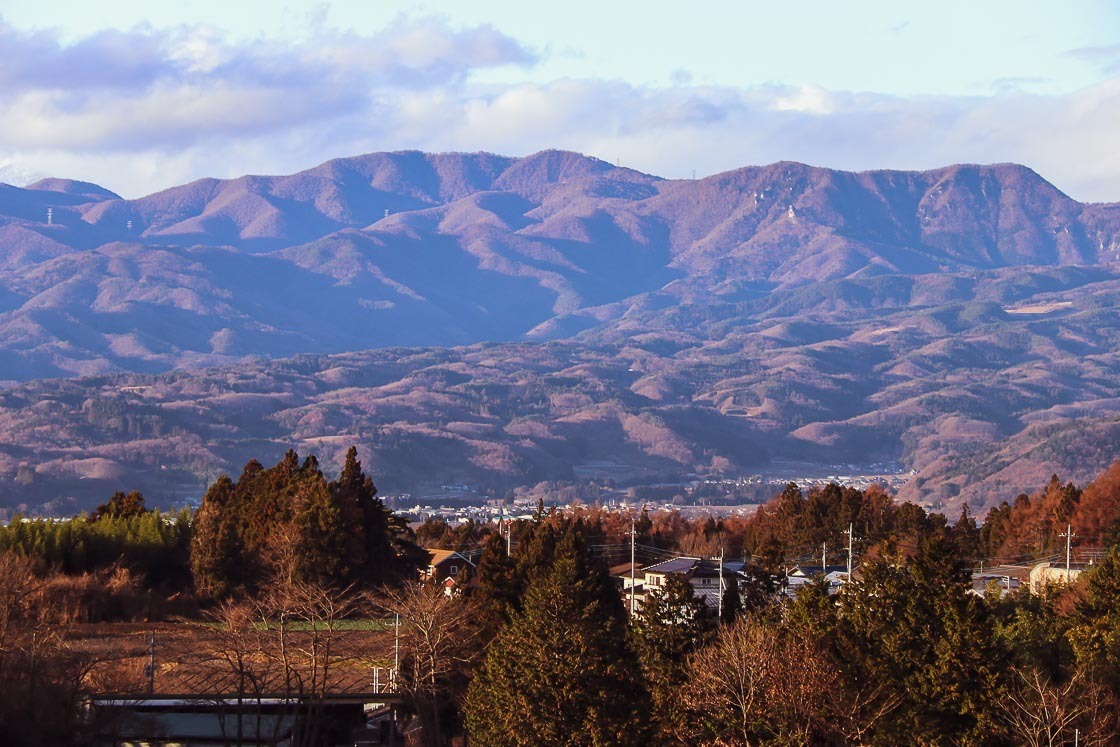
On this trip to northern Gunma Prefecture, I spent three days in the Tone-Numata region visiting some traditional and well-established sake breweries as well as a winery and two beer breweries. One of the things I learned on this trip was about the labeling of products with its Geographical Indication. These labels, of which the Tone-Numata Area is one of seven pertaining to sake to be designated by the Japanese Government, are regulated by strict rules and requirements to ensure the products are held to a high standard; they are also a way of preserving the regional brand as well as indicating the quality of the products. In this case, all the sake breweries I visited on this trip earned the right to add the Tone-Numata label to their sake.
Tours are offered at all the places I visited, and typically include a short tasting session at the end. Reservations, which can be made over the phone for each brewery, are required for a tour. Note that Japan has a strict zero-tolerance rule for drinking and driving, and it is best to have a designated driver for those planning on tasting sake at the breweries or to enjoy the sake only at the end of the day at the accommodation. As for me, I did not drive, so I could sample the drinks at each brewery.
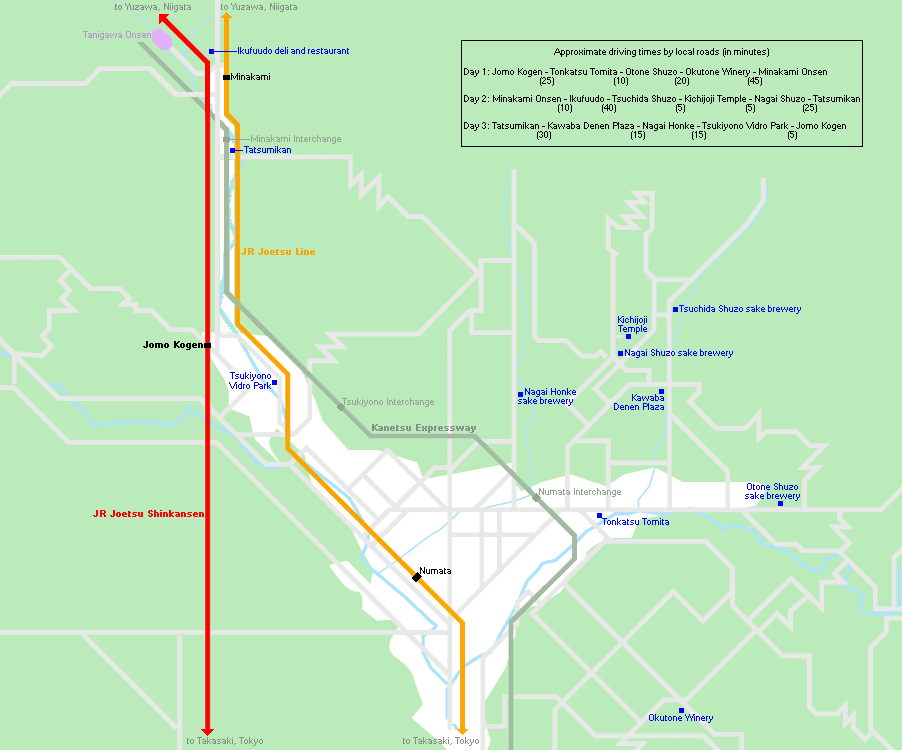
Day 1
My trip started with a bullet train ride to Jomo Kogen Station, from where I picked up my rental car. Lunch was the first thing on my mind, and I headed for Tomita, a popular local restaurant in Numata City. Tonkatsu, deep fried breaded pork cutlet, is their main specialty and what I ordered for lunch. The restaurant filled up pretty quickly, and I was glad to arrive just before the lunch crowd. The tonkatsu arrived piping hot, and the meat was tender and juicy while the exterior perfectly crispy. Not only was the food great, the view of the river terrace beside it was nothing short of stunning. It definitely made for a great start to the trip.
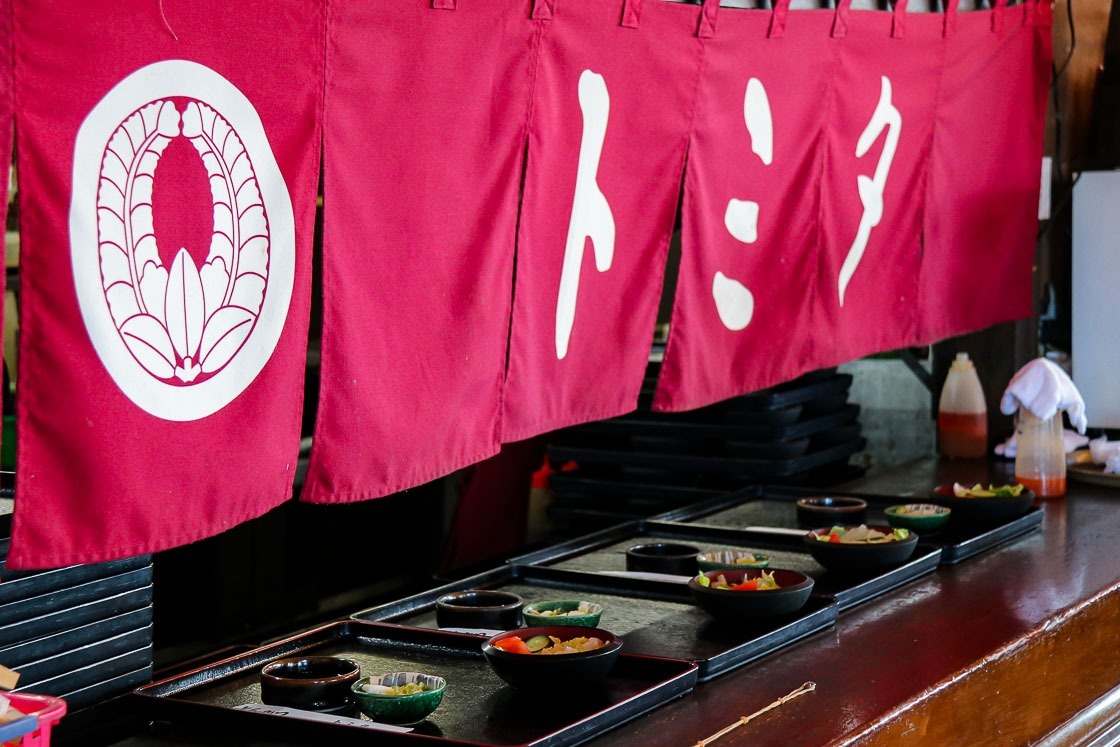
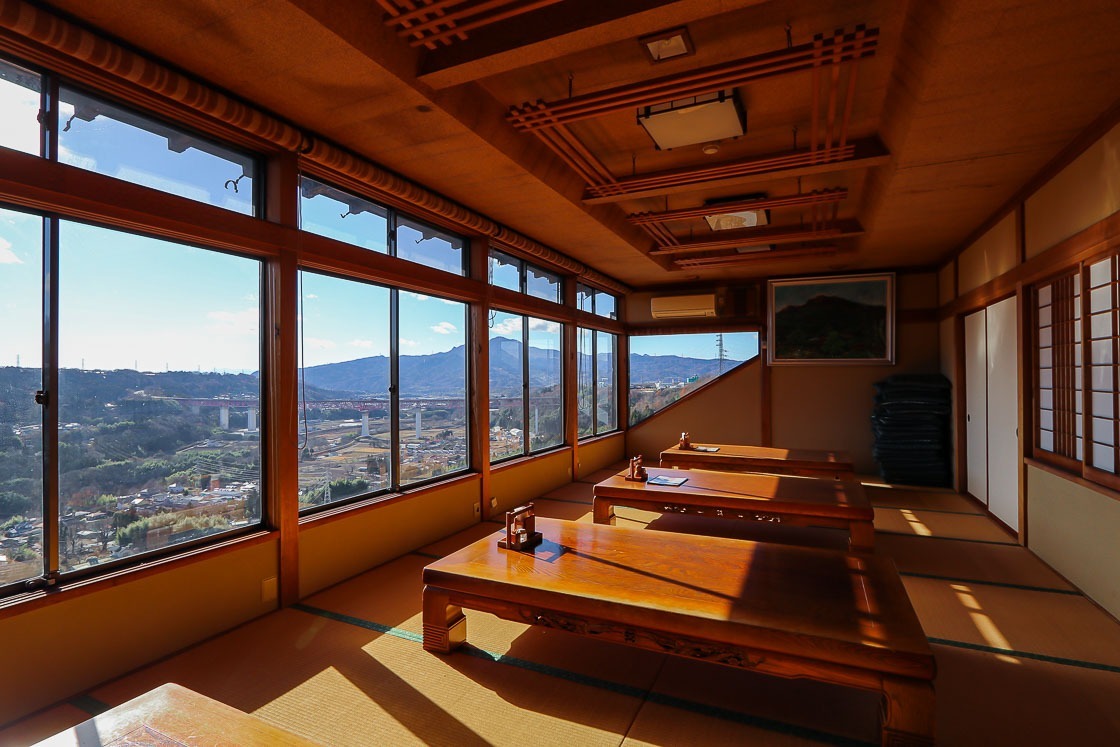
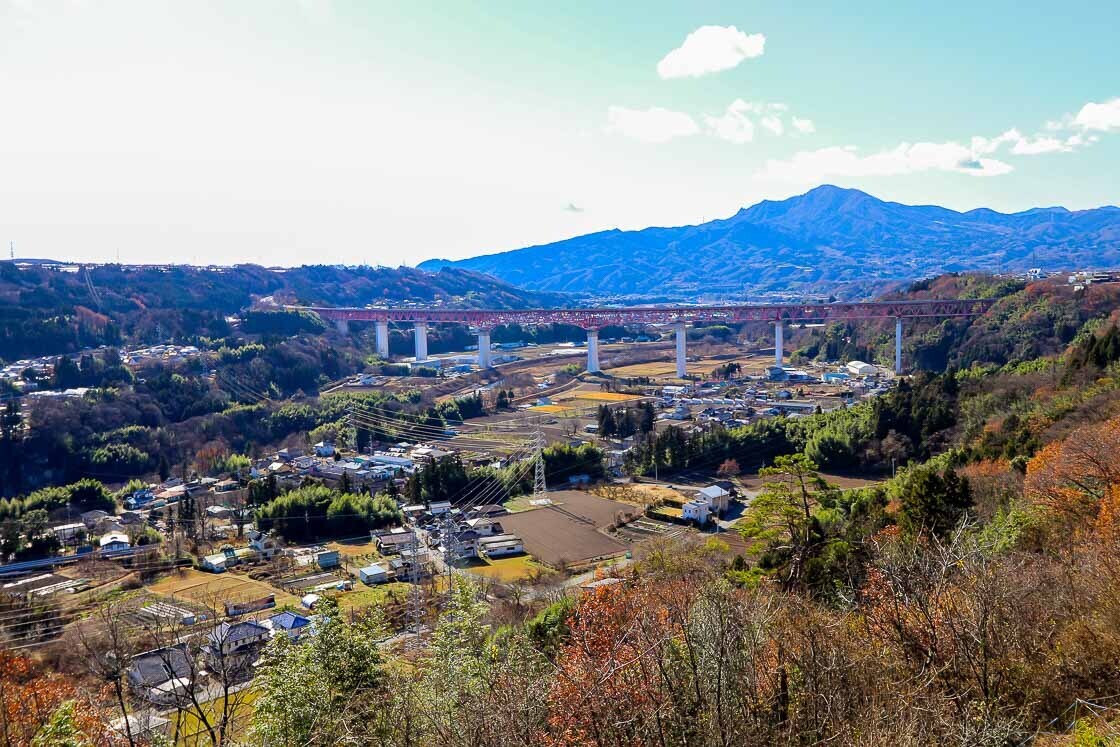

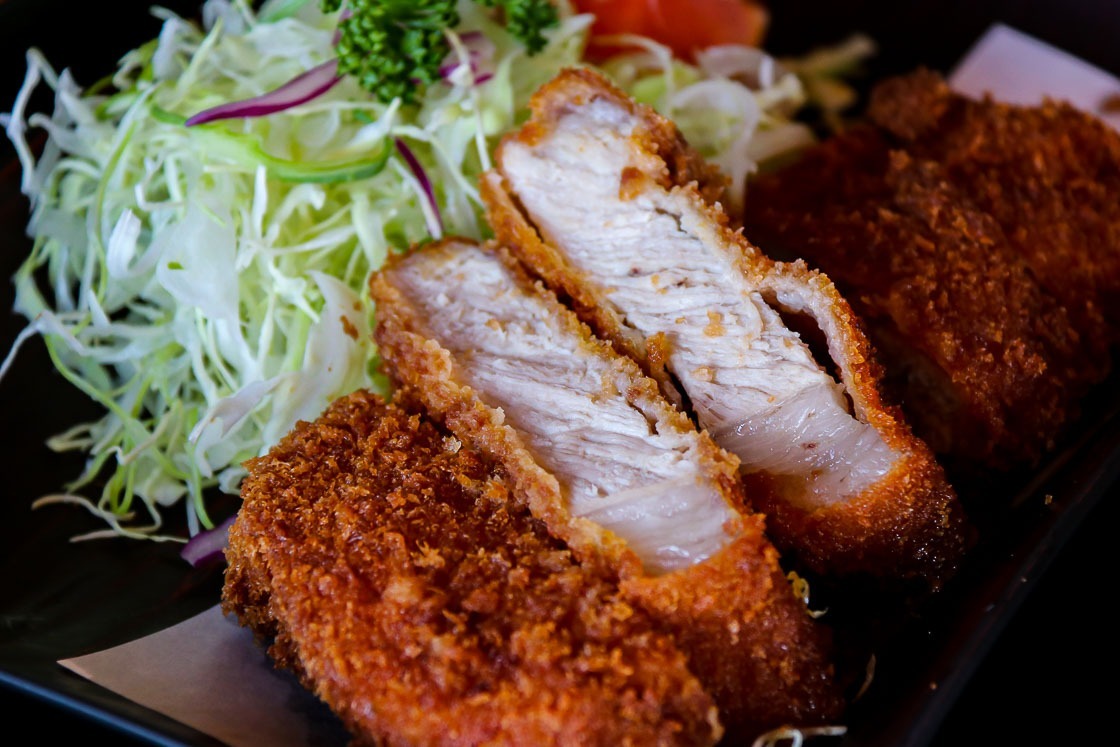
Following lunch, I made my way to Otone Shuzo, a sake brewery that was established over a century ago. Records show that sake has been brewed at its current location since the mid 18th century, a testament to the quality of the sake produced in that area. The small, family-run brewery prides itself in maintaining the traditional customs and style of making sake. Interestingly, instead of sake rice, some of their best selling and great tasting sake is made with regular rice that is meant for eating.
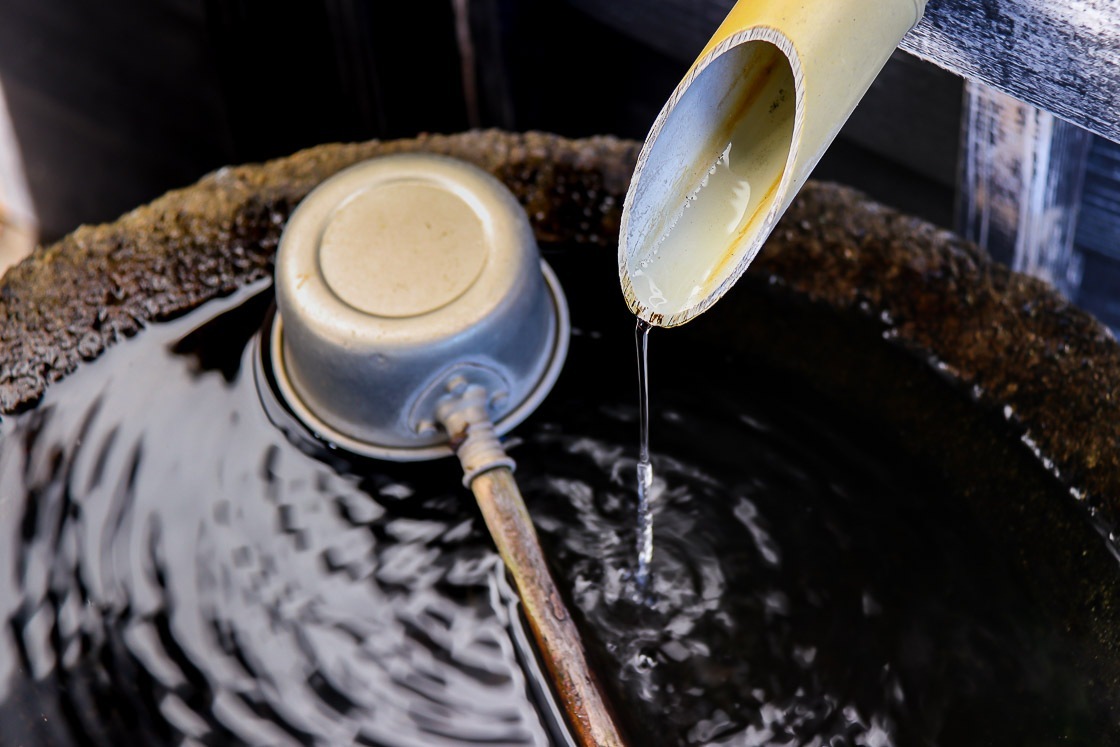
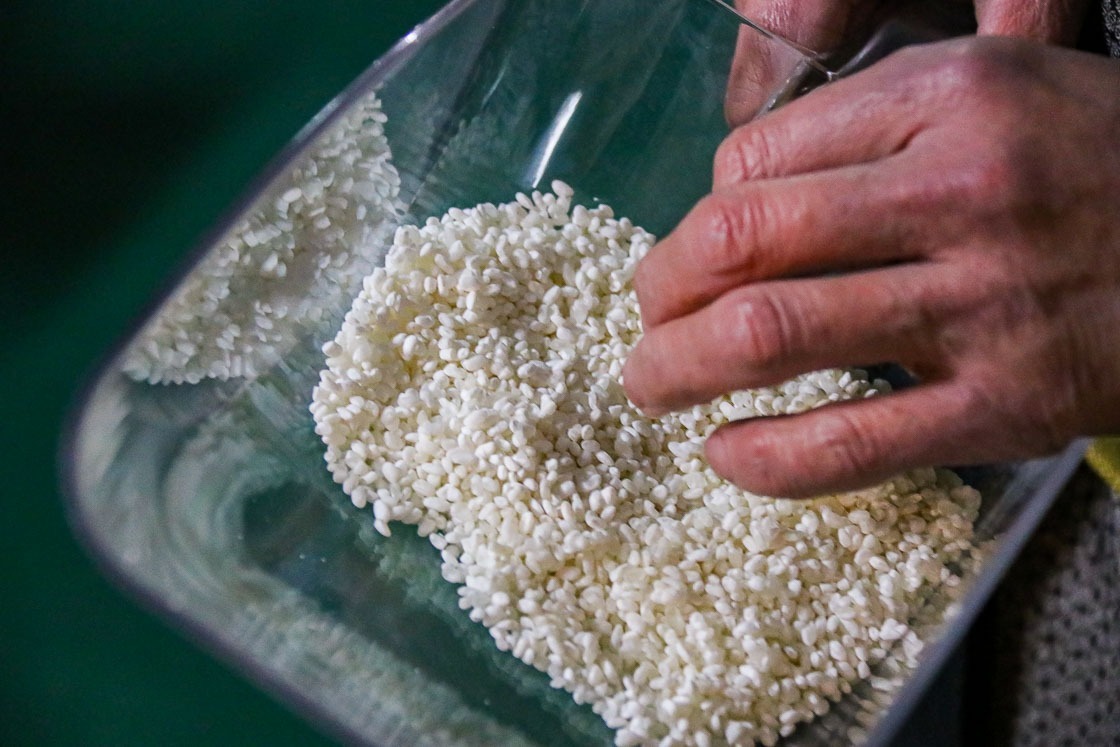
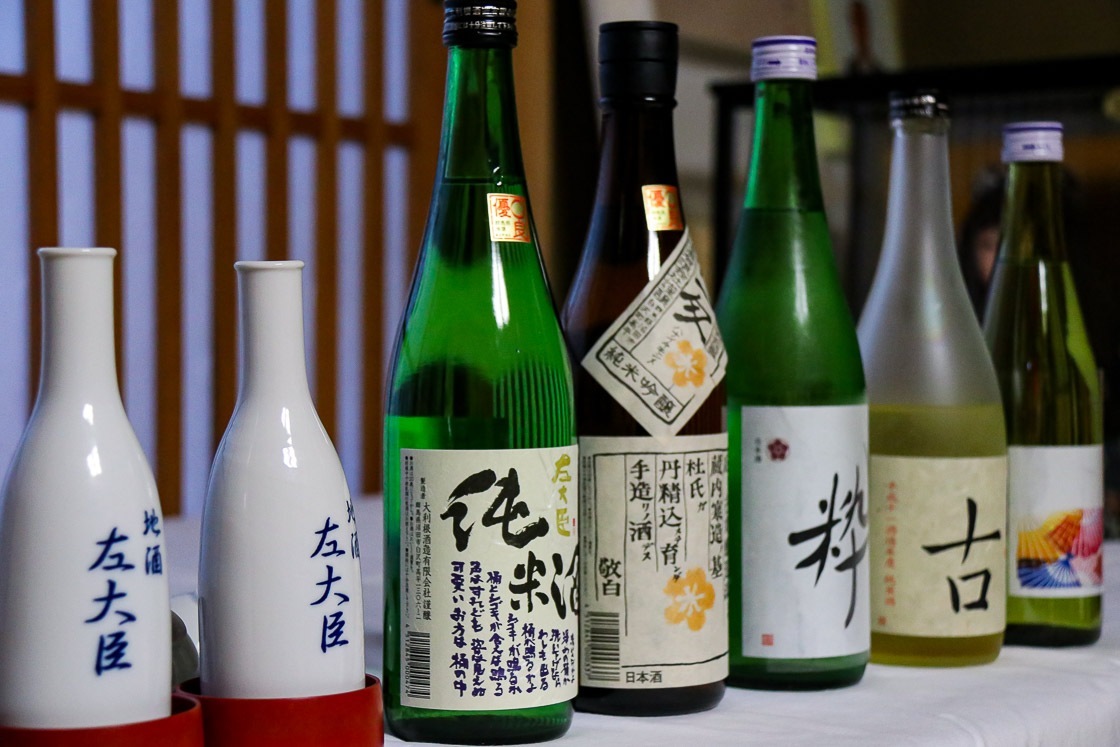
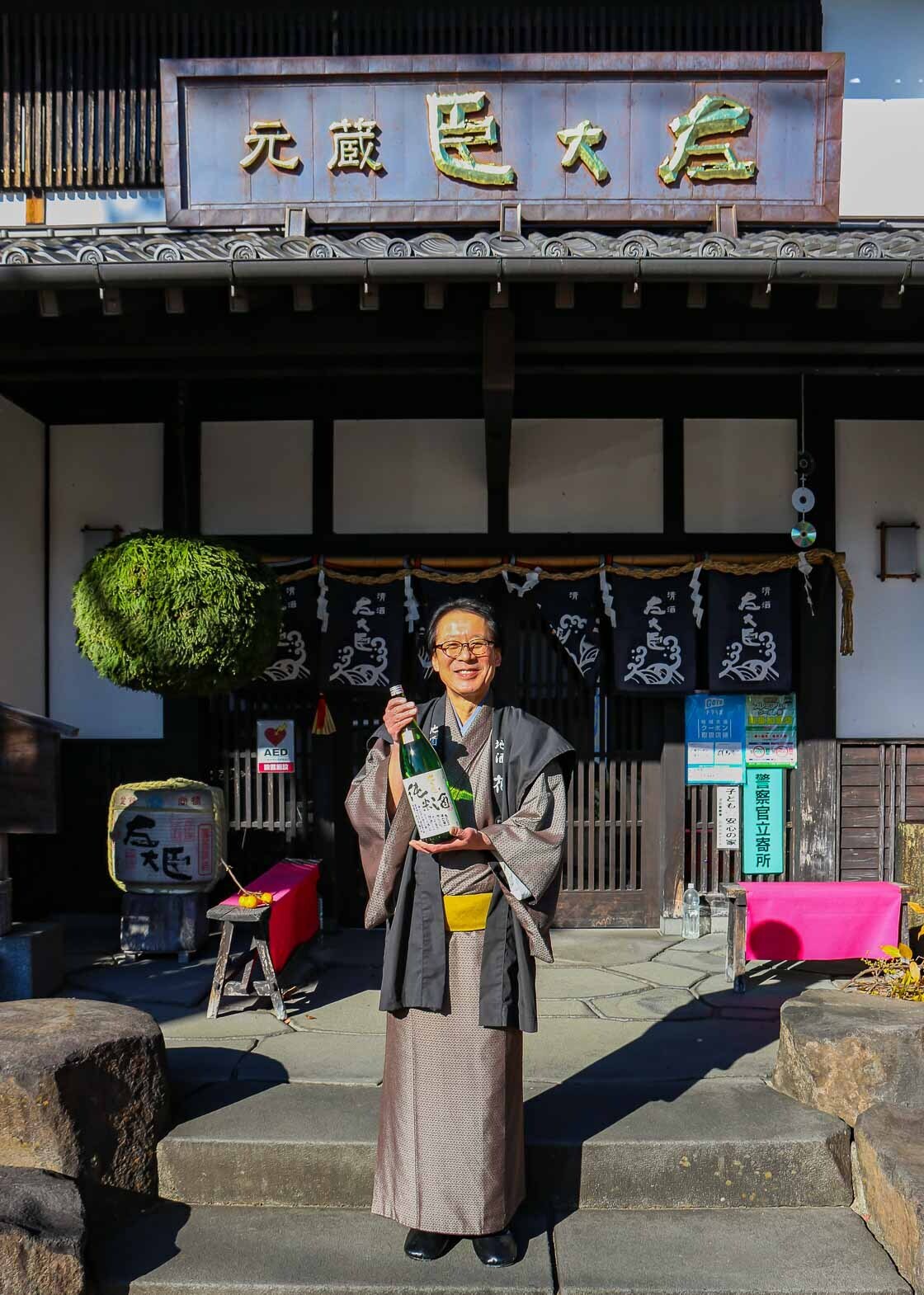
After that I made my way to Okutone Winery, one of the few winery and vineyards in Gunma Prefecture. The short drive to the winery was extremely scenic, and took me past pastures and fields, while mountains filled the sky. My tour of the estate started shortly after arriving, first going to the vineyard to learn more about the types of grapes and how they are grown. Unfortunately for me, it was too late in the season to see any grapes, but I still had the opportunity to learn about them. Next was a tour of the aging room to see the casked wine in their oak barrels, before heading to the tasting room.
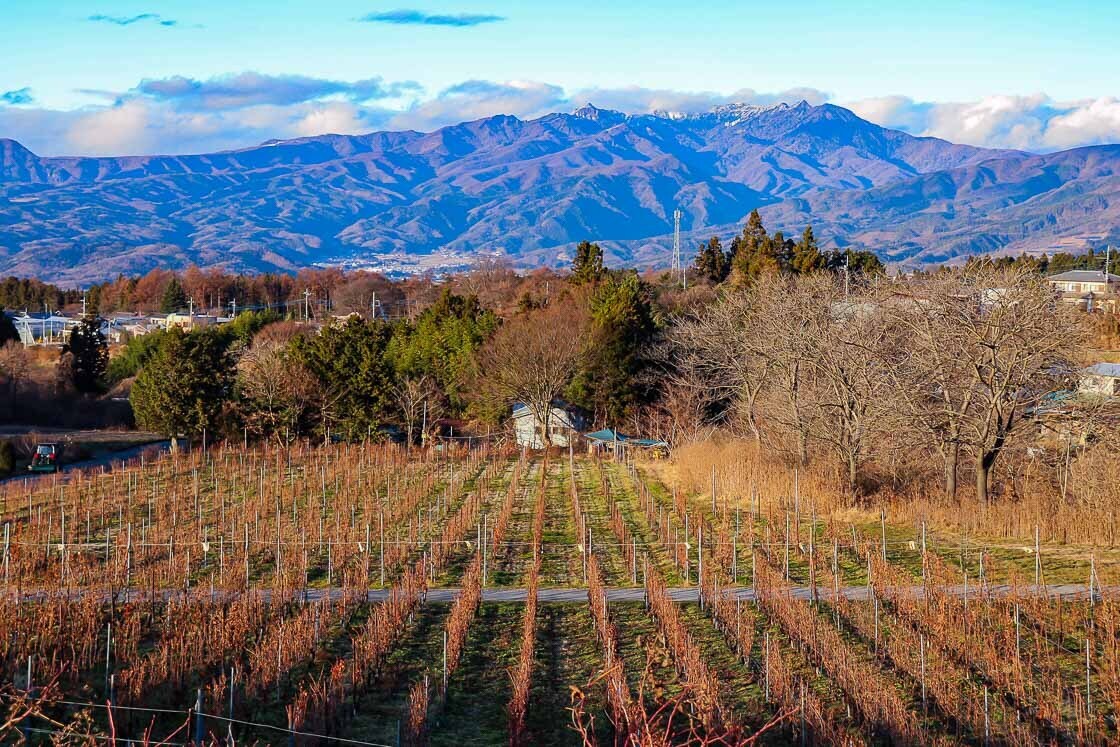

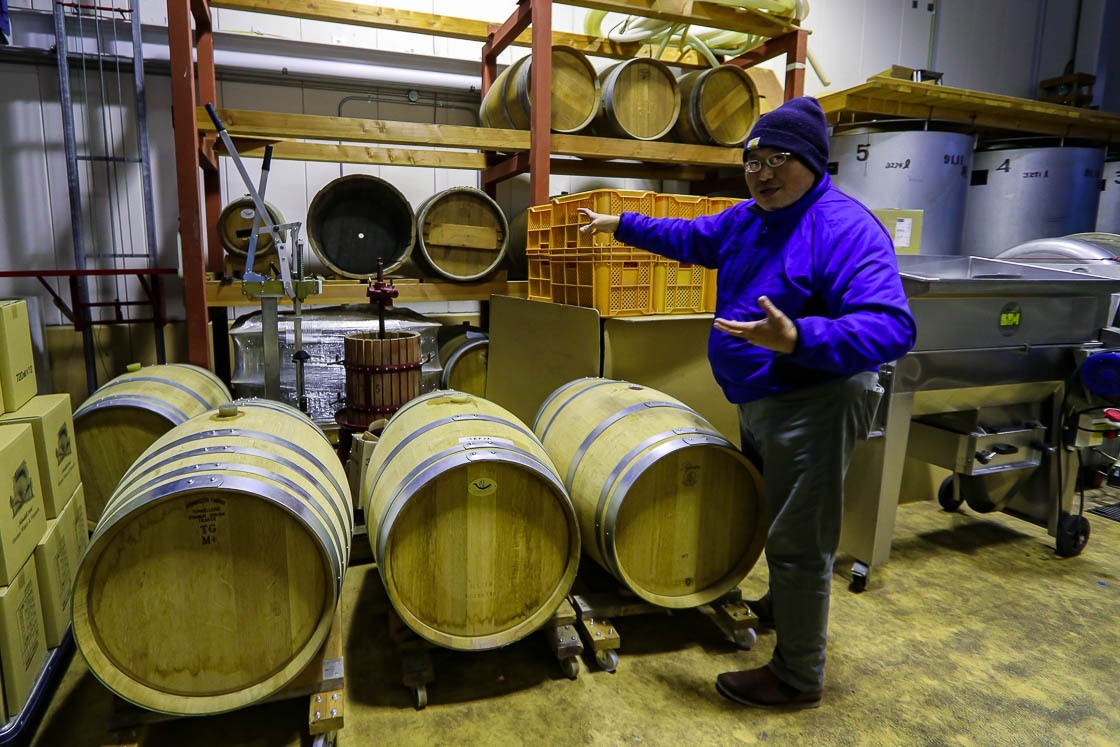
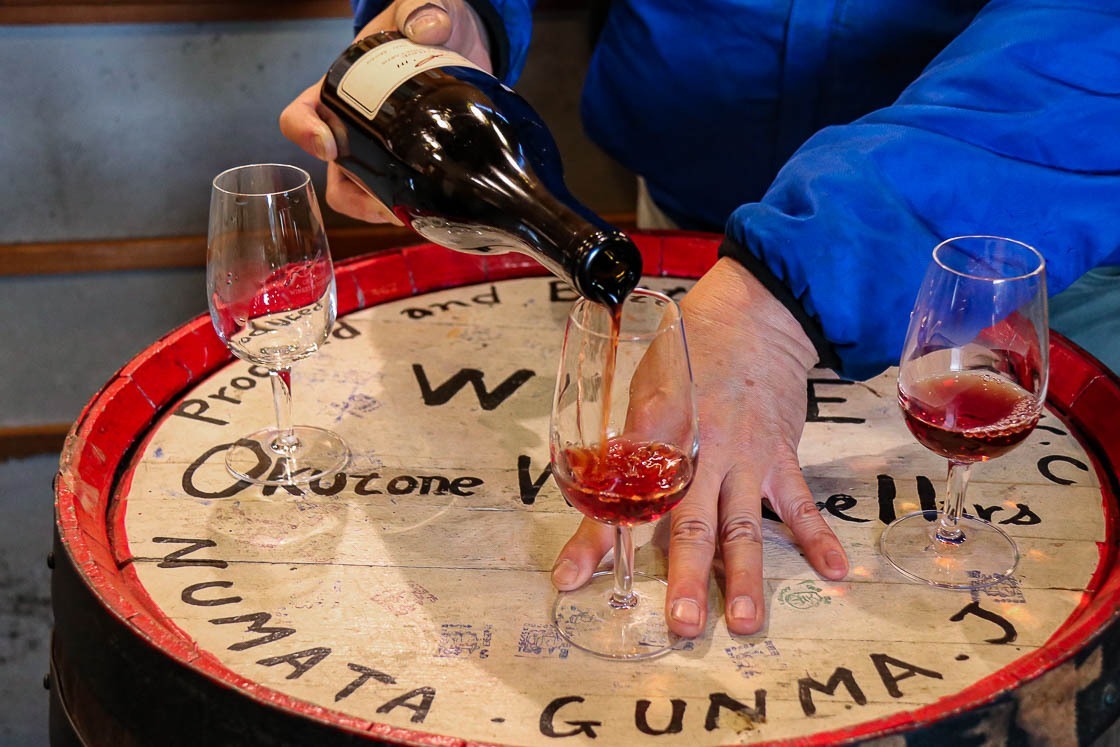
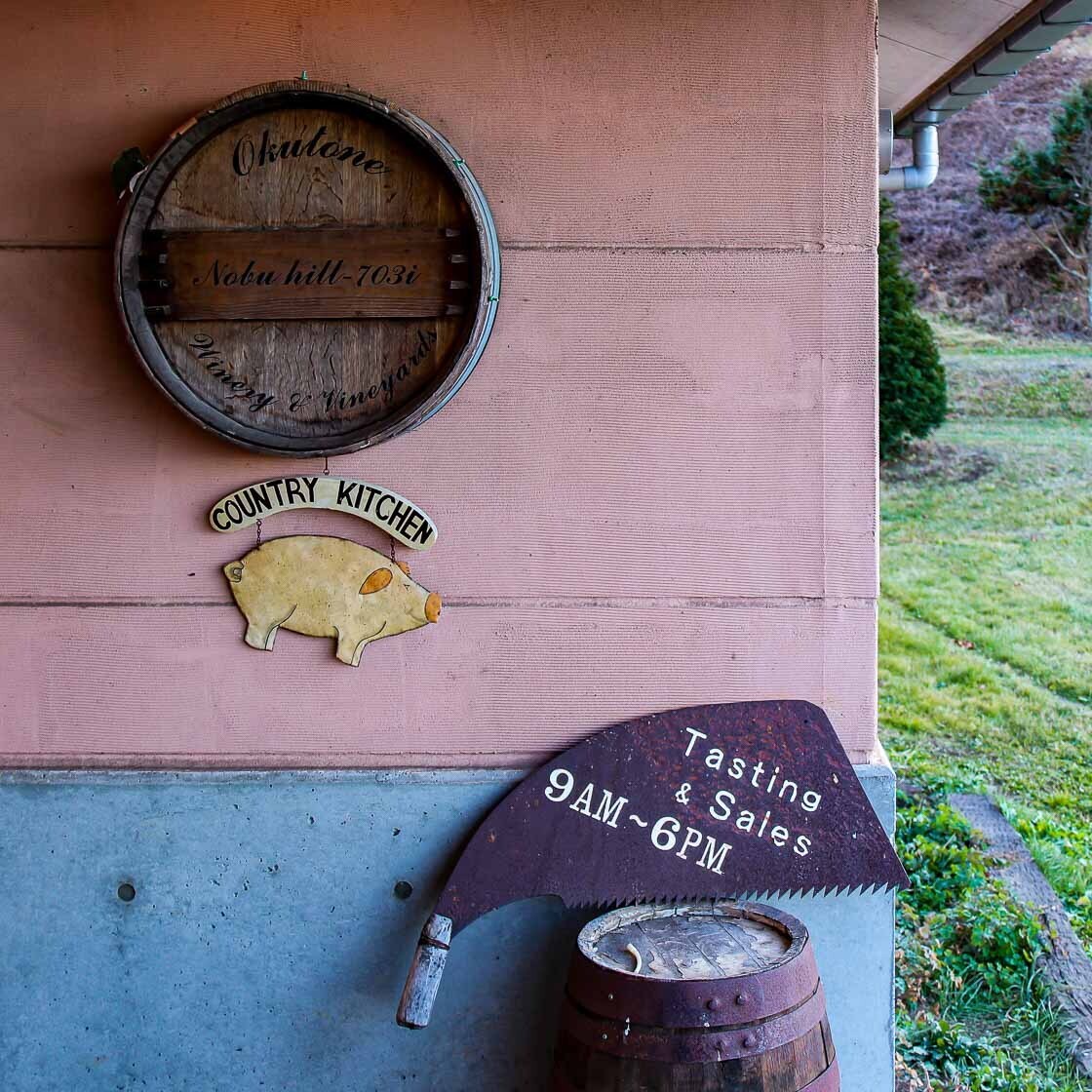
To end my first day, I drove north to Tanigawa Onsen, a hot spring town located in the wider Minakami Onsen region, one of the well-known hot spring regions in Gunma Prefecture. Tanigawa Onsen is located in a valley with views of the surrounding mountains. I stayed at Ryokan Tanigawa, a traditional Japanese inn, and enjoyed their baths before dinner.
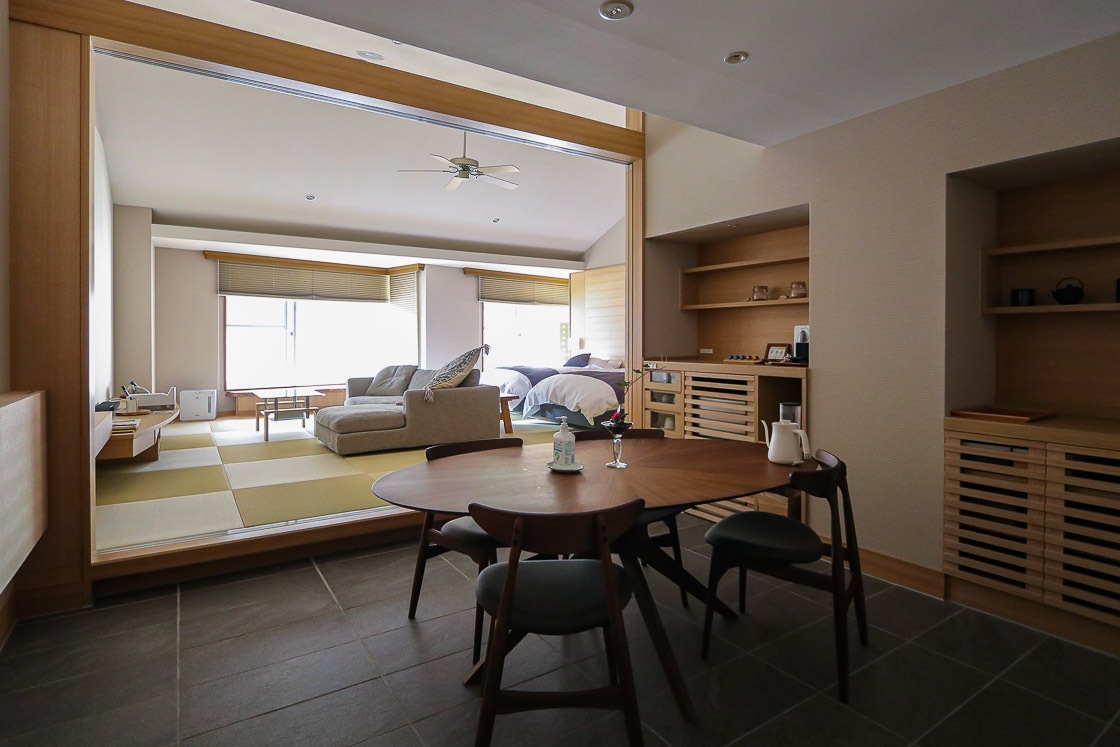
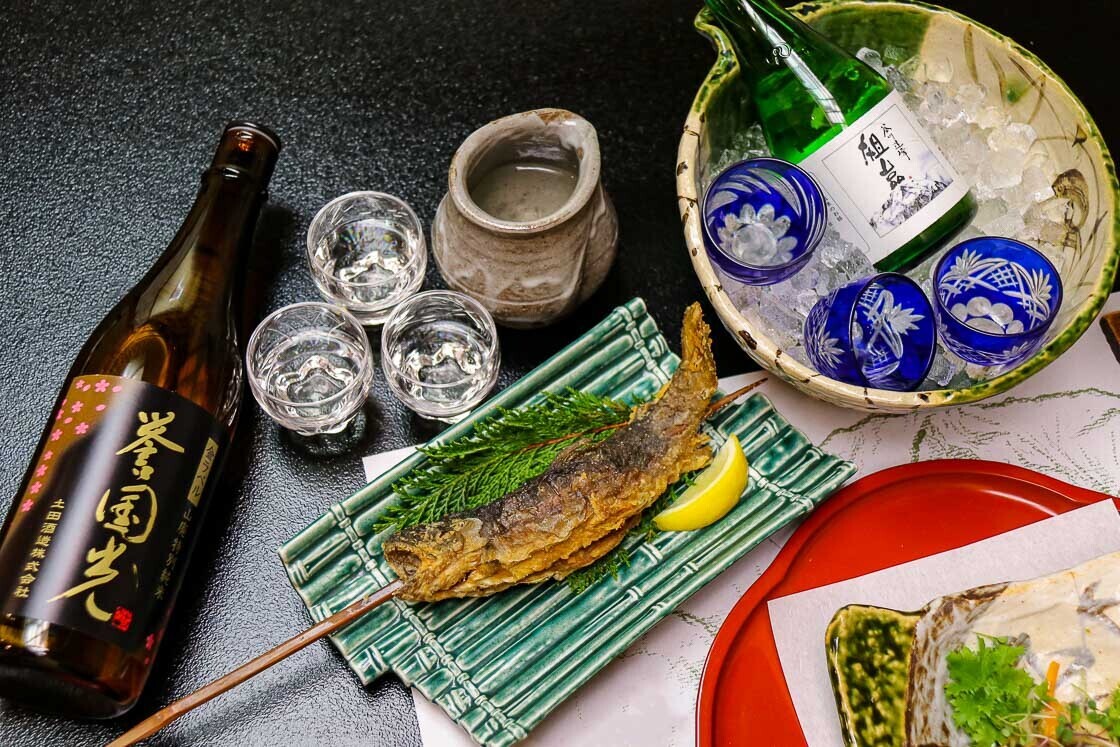

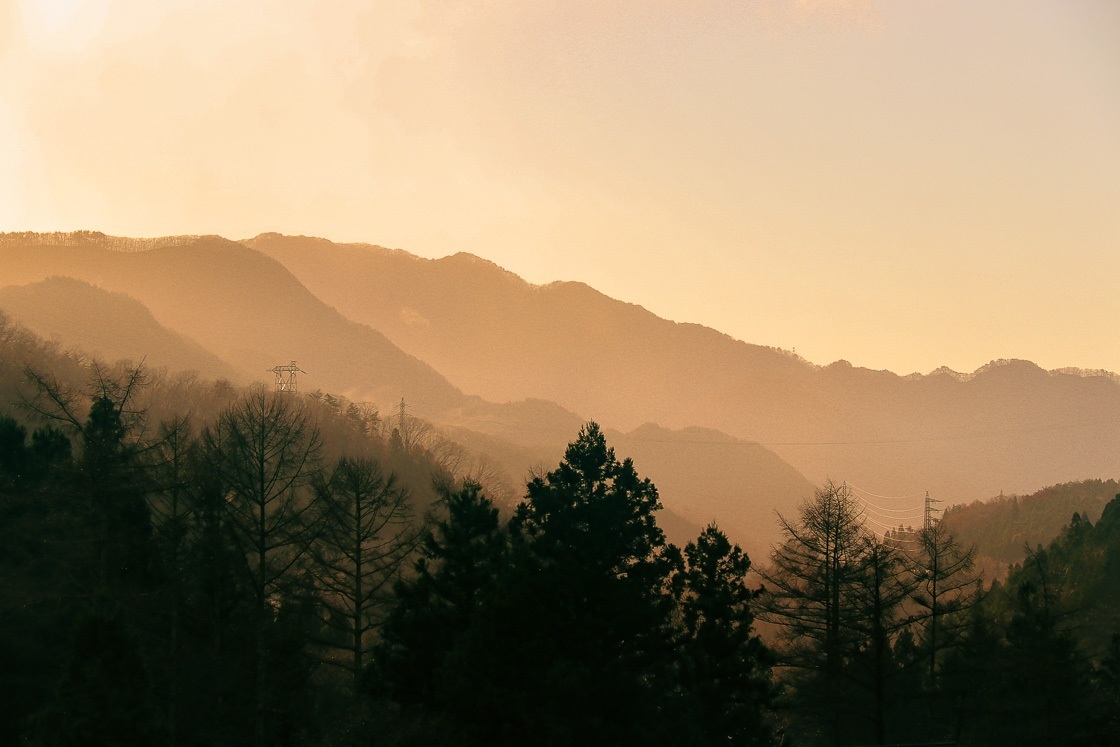
Day 2
Taking things easy on the second day, I had a late check out and headed first to Ikufuudo, a deli and restaurant serving up hand made cured meats and sausages using local pork and beef. I had a lunch at the restaurant and ordered Tsukiyono Craft Beer, whose brewery I was planning to visit the next day, to go with my meal. The meat in the deli display caught my eyes, and I made mental notes for which ones I wanted to buy online or the next time I visit.
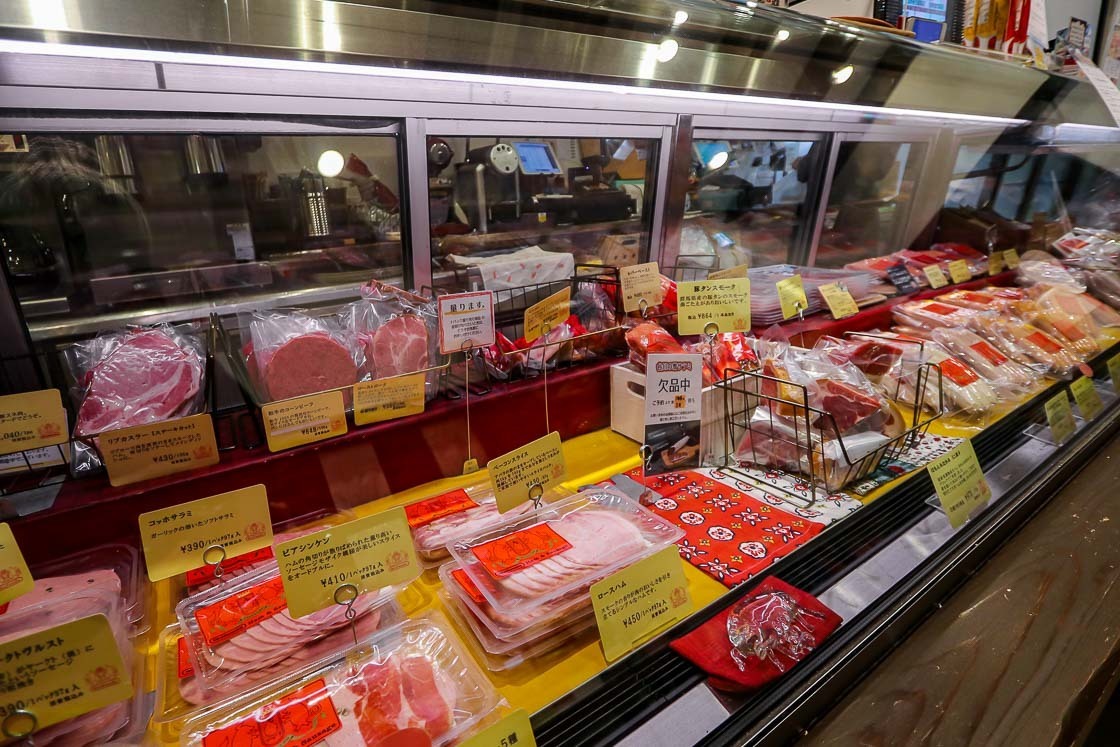

Next on my brewery tour was Tsuchida Shuzo, a sake brewery specializing in making sake the traditional way like during the Edo Period (1603-1868). While many sake breweries are looking for methods to advance the sake making process, Tsuchida Shuzo has gone the other way and reverted back to the old methods. They have succeeded in combining the old style of making sake while maintaining and improving on the flavor standard of modern day sake. The natural sake is made without additives nor distilled alcohol, using only naturally occuring lactic-acid bacteria in addition to rice and natural spring water from the nearby mountain. Tsuchida Shuzo is currently helmed by its 6th generation owner and has won many accolades in recent years.
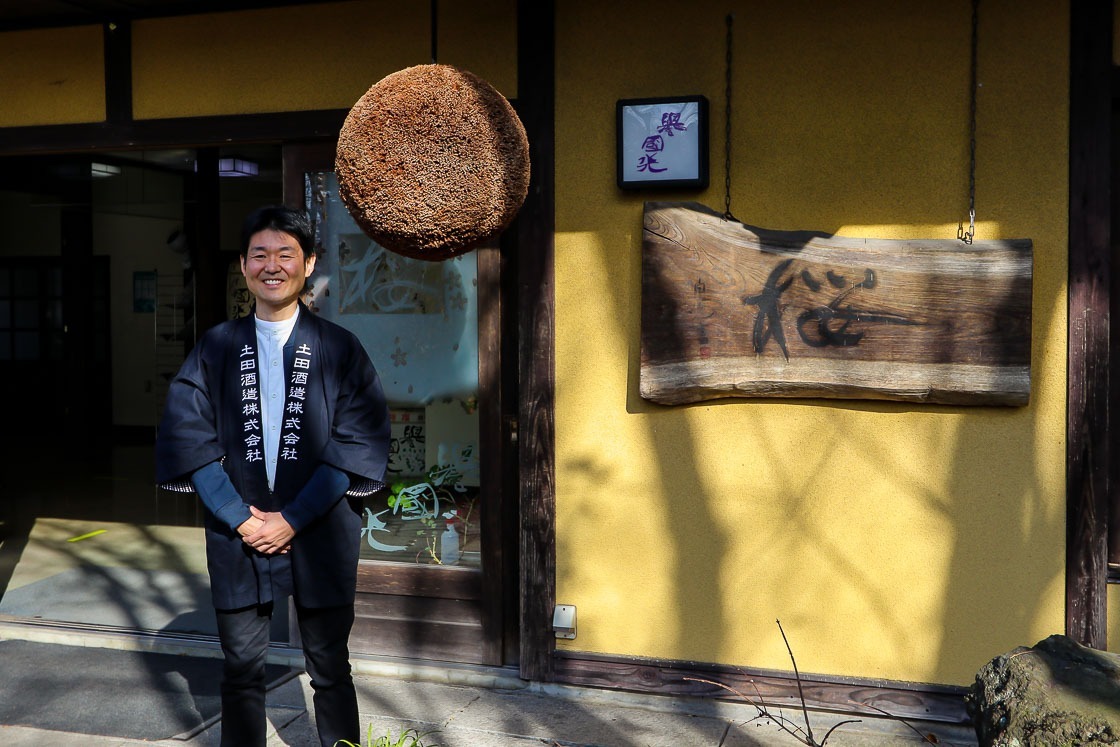


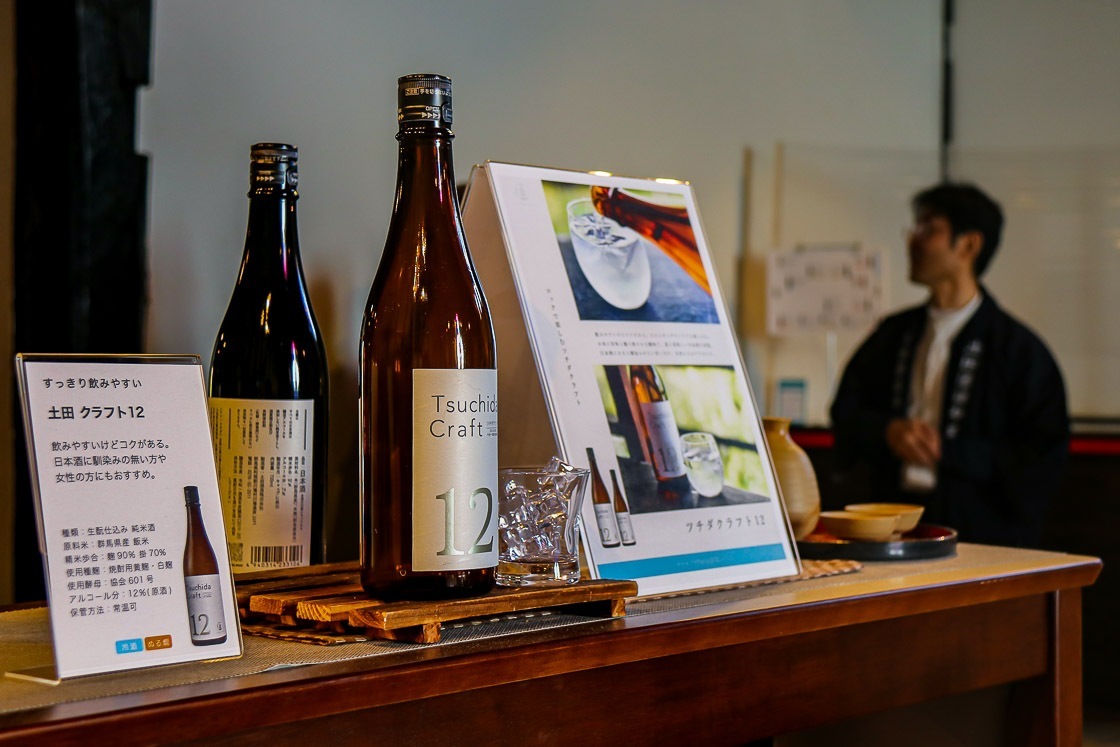
Kichijoji Temple, known affectionately as the flower temple, was next, and it was a nice change of scenery. The temple was established in the 14th century and is a sub temple of Kenchoji, the oldest of Kamakura's five great Zen temples. Seasonal flora can be found on the temple grounds, ensuring a different look each season. In addition to that, a dry rock garden and water features like ponds and waterfalls make up the rest of the natural scenery. The first temple structure I passed was the two story Sanmon gate. From there, I made my way to the main hall, which was reconstructed in 1675 and is the largest and oldest building. As I sat in the main hall admiring the rock garden, I thought that this temple was a hidden gem and should not be missed if you're in the area.
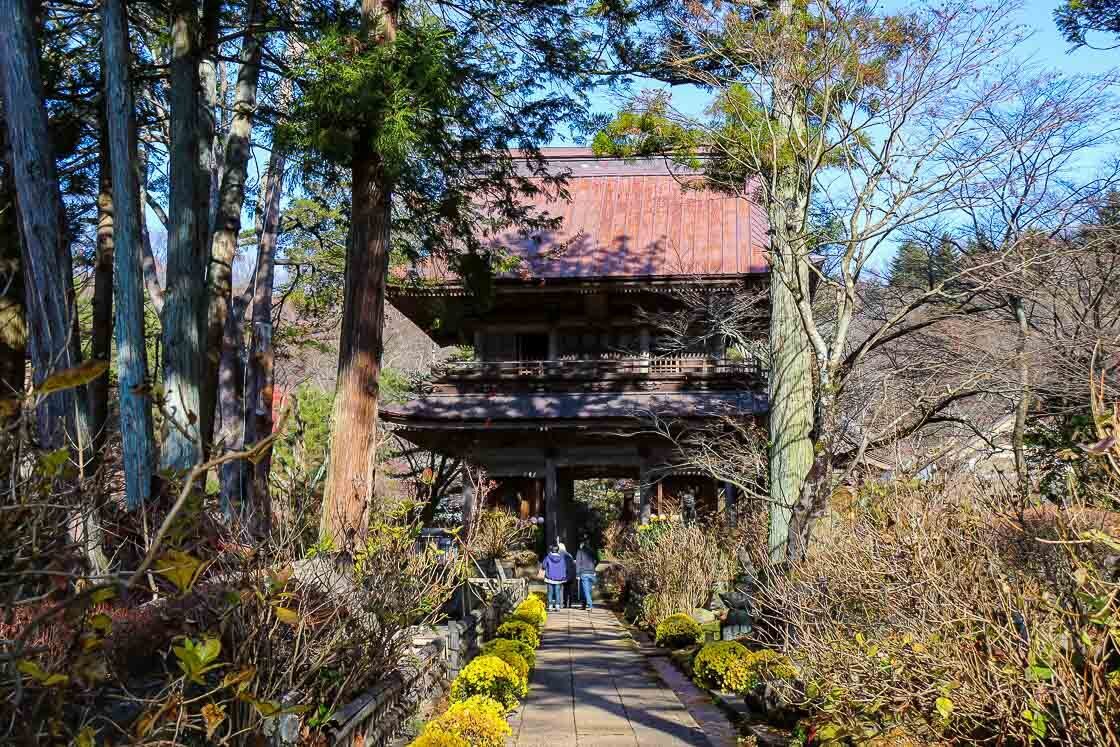
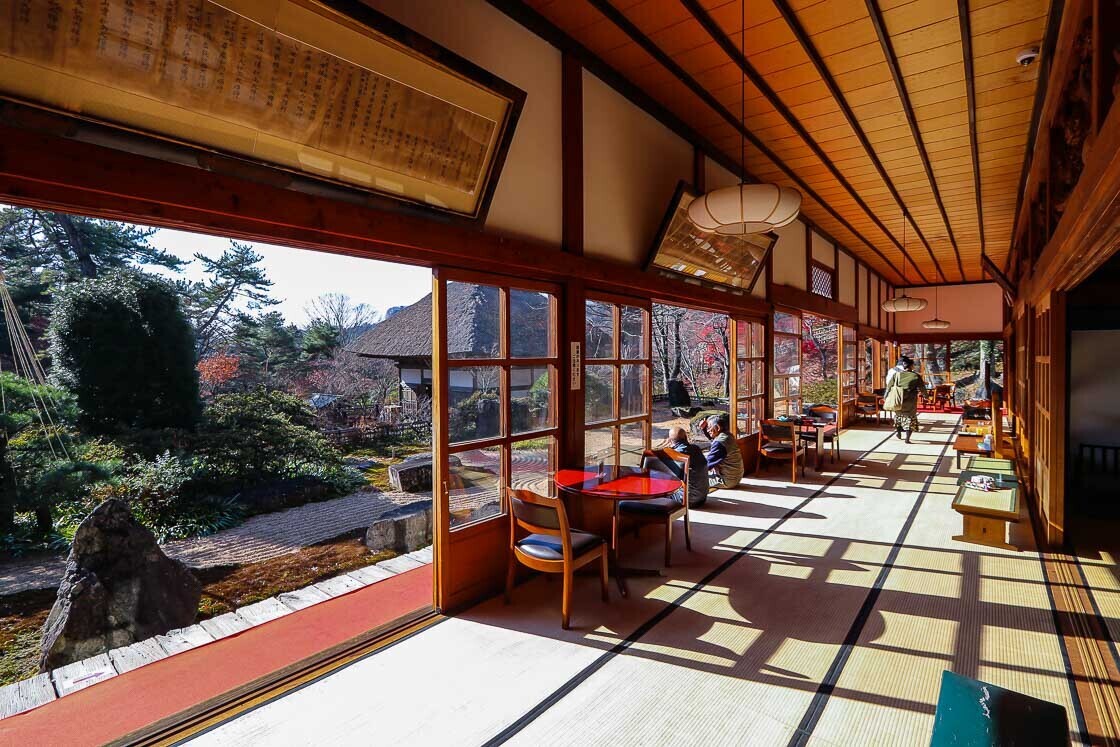
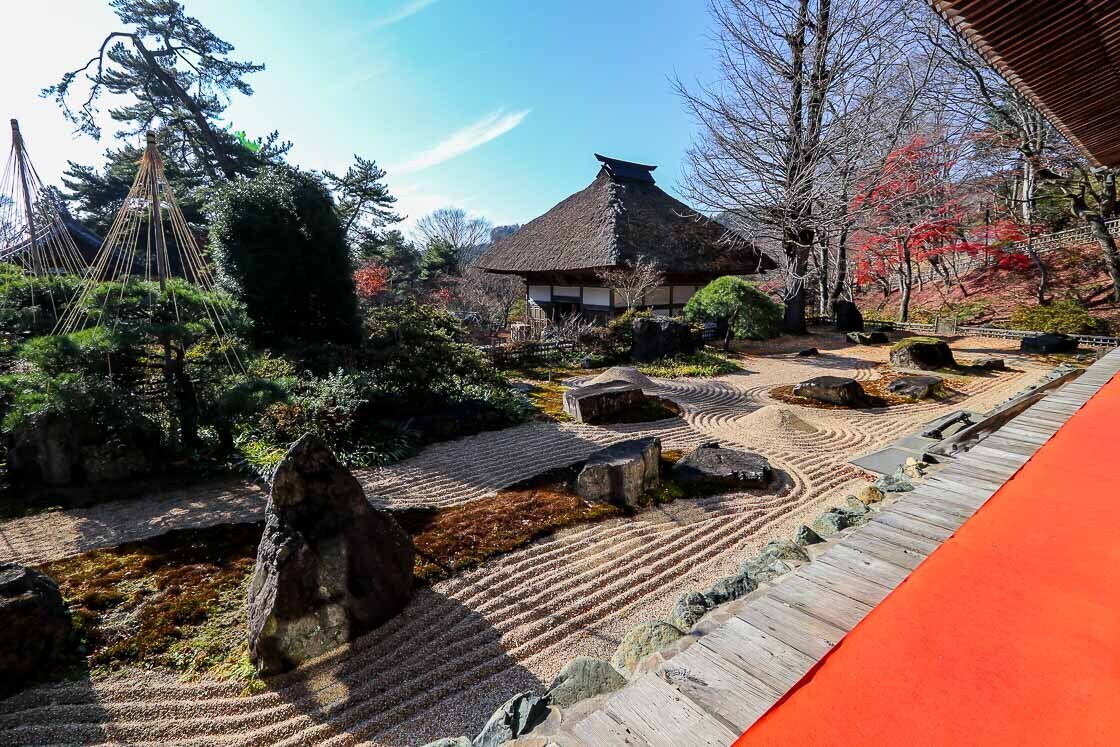
Continuing with the brewery tour, I headed to Nagai Shuzo, a sake brewery that places strong emphasis on the water used to make sake. The first generation head of the Nagai family found the delicious water he was searching for in Kawaba, and laid the foundation for Nagai Shuzo sake brewery. Not only that, he also bought parts of the forest where the water flowed to protect and conserve the land and water. His efforts paid off, and today, Nagai Shuzo, which is run by the 6th generation, produces award-winning sake, including vintage sake, sparkling sake and dessert sake.
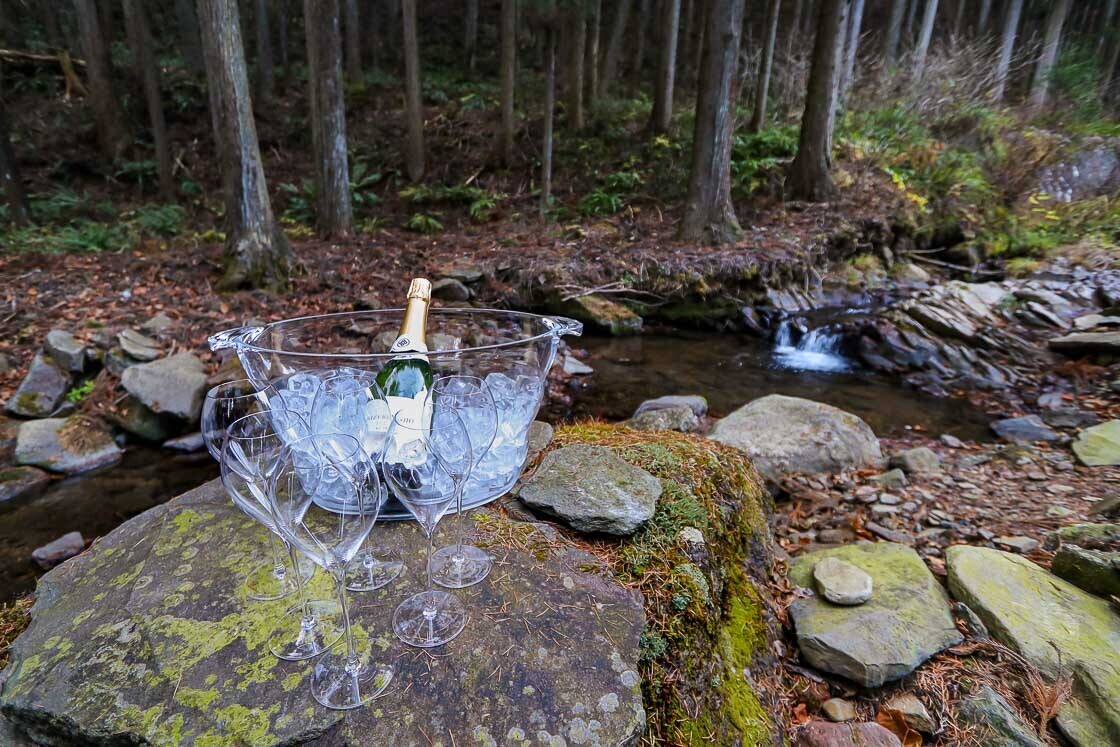
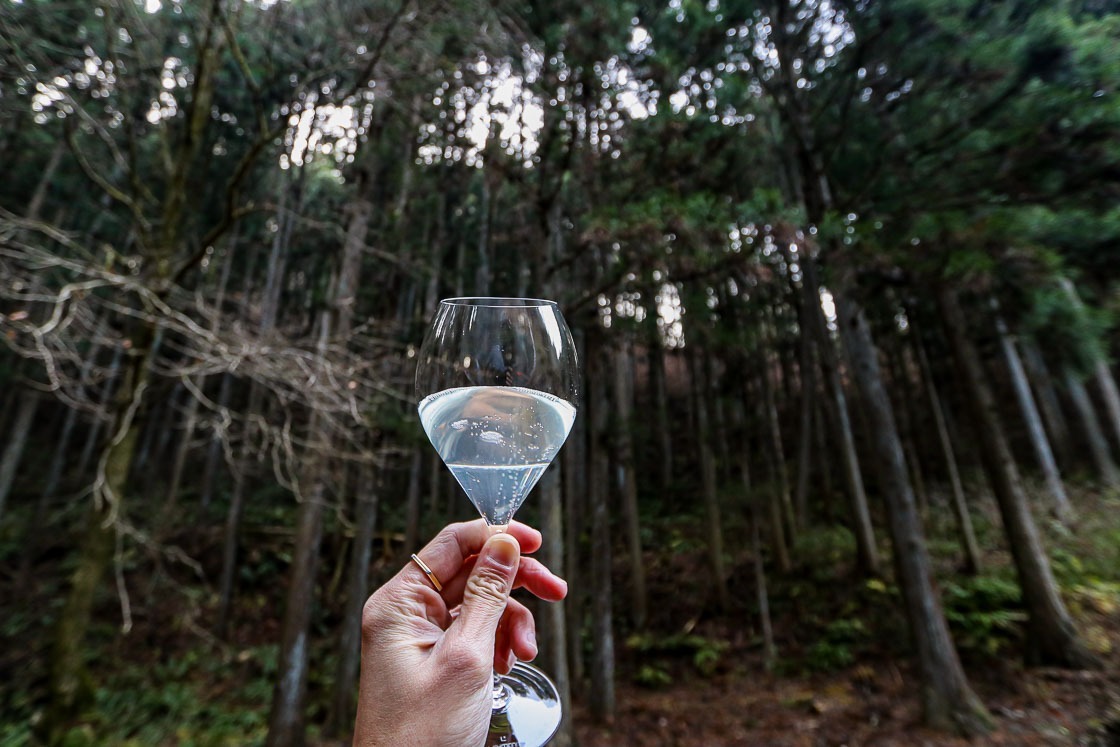
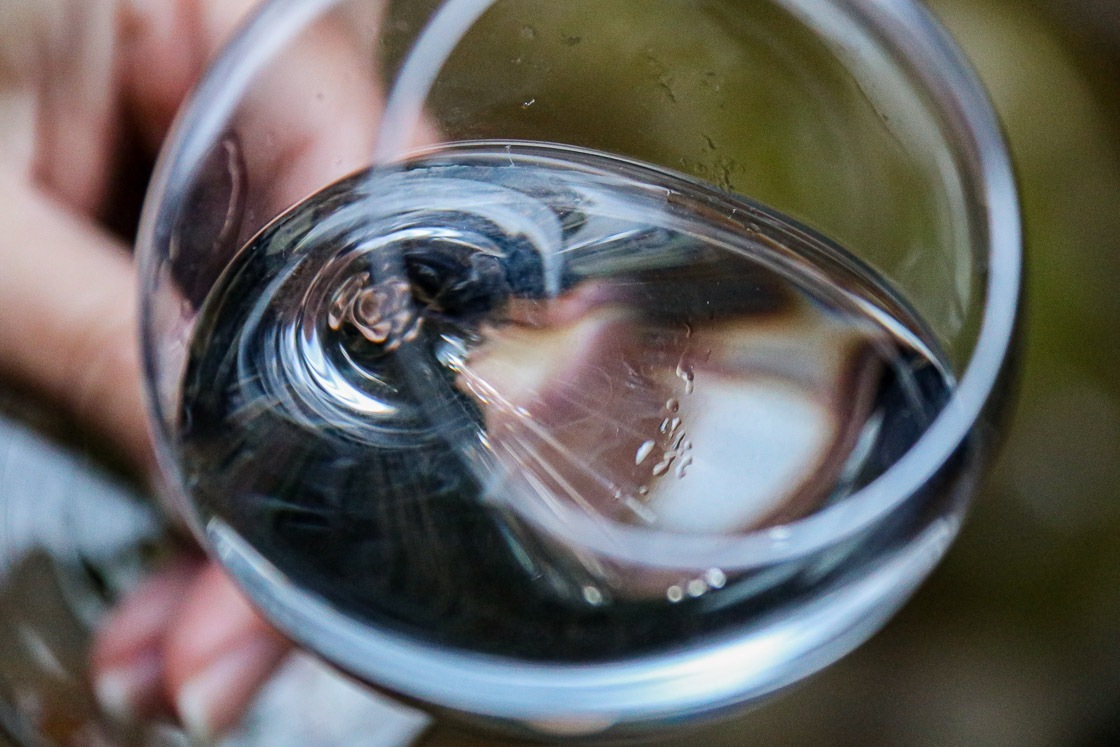
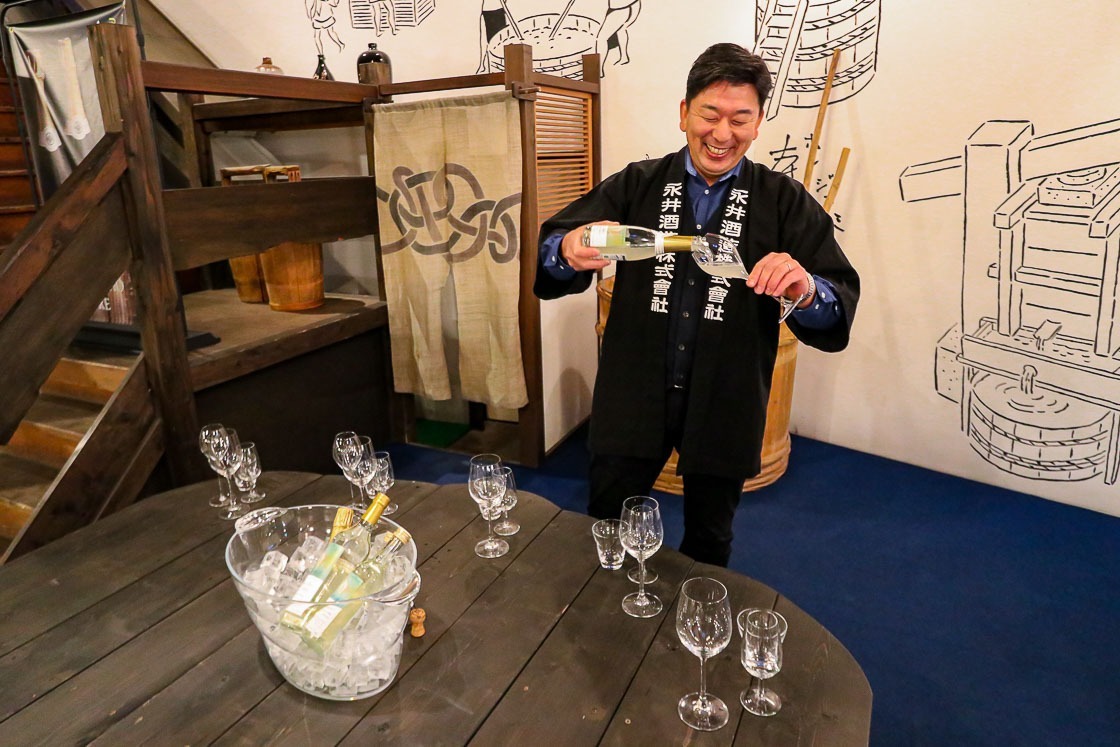
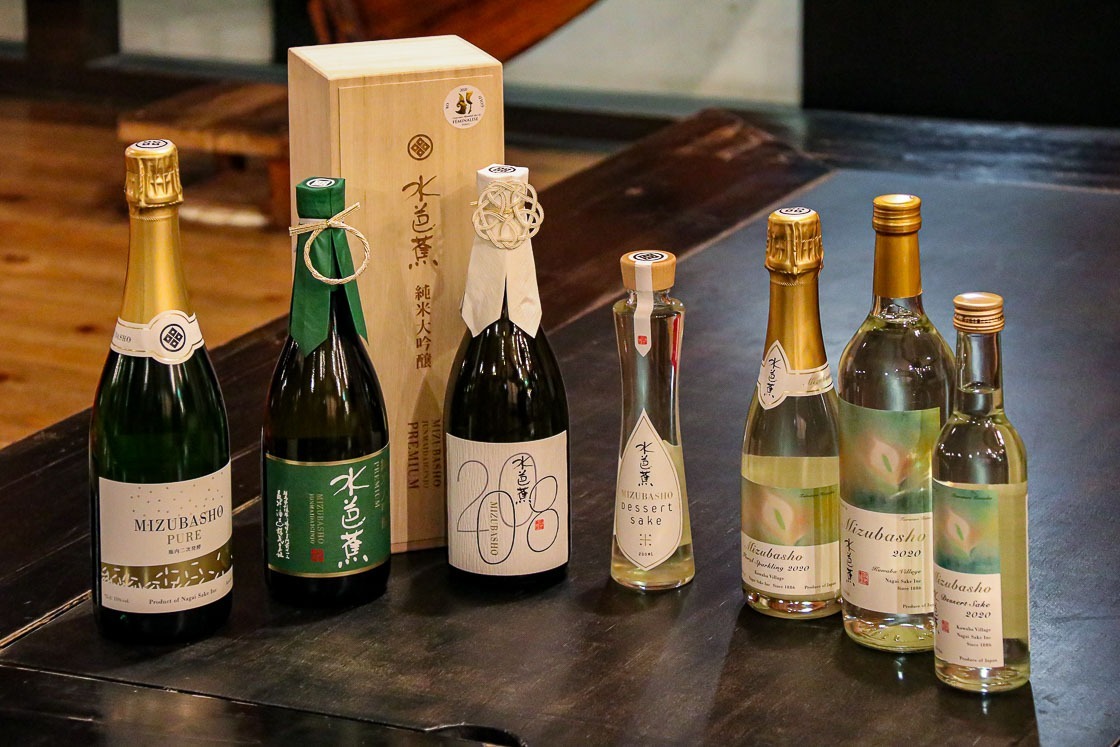
With my head full of sake and water information, I made my way to Tatsumikan, a traditional Japanese inn in the Kamimoku hot spring area not far from Jomo Kogen Station. Located along the banks of the Tone River, Tatsumikan offers nice river and mountain views when the weather is clear. A highlight for me at Tatsumikan was dinner, which featured local vegetables and meat grilled over a charcoal grill at the table. It was all very delectable, and I enjoyed dinner with a sake tasting flight from all the breweries I visited thus far, as well as one from the brewery I was to visit the next day.

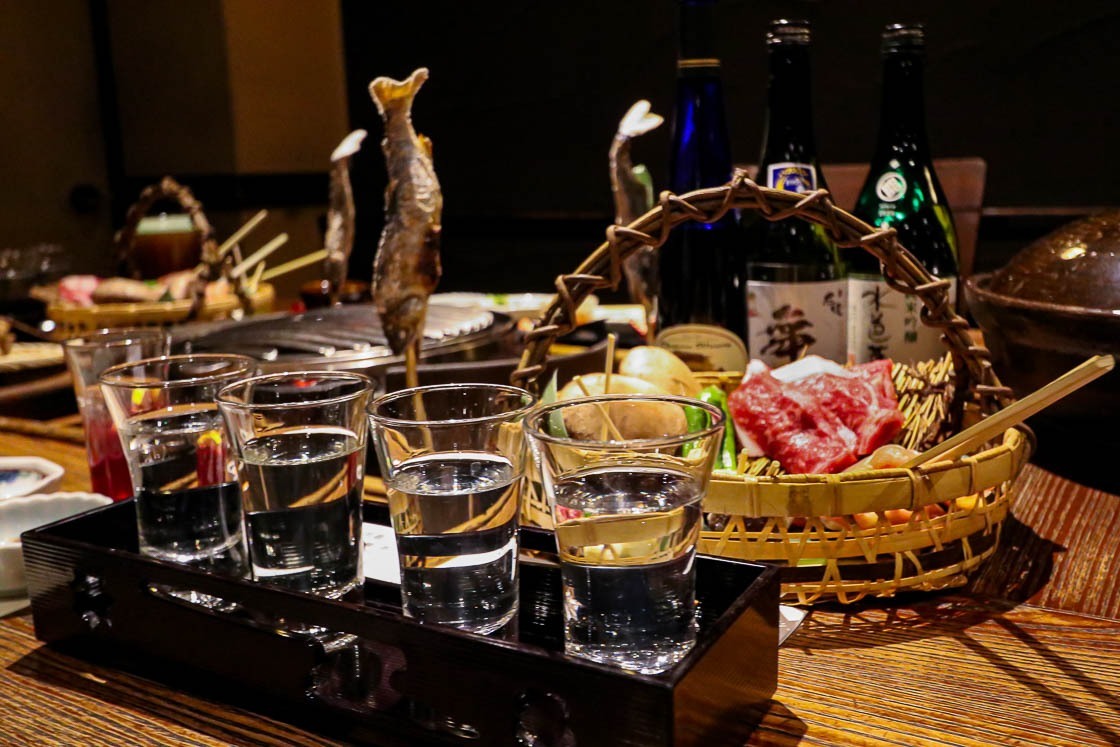


Day 3
It was yet another relaxing start with a late check out on my last day of the tour, and the roadside rest area Michi-no-Eki Kawaba Denen Plaza, one of the largest and most attractive rest stops in Japan, was my first stop for the day. The sprawling Denen Plaza contains several restaurants and cafes, a farmer's market as well as a large blueberry garden where visitors can enjoy picking the fruit in summer, an activity center and a hotel. One can easily spend the entire day at Denen Plaza checking out all the attractions on site, but I limited myself to a couple of hours sampling the craft beer brewed on location, having lunch and doing a bit of souvenir shopping at the farmer's market.

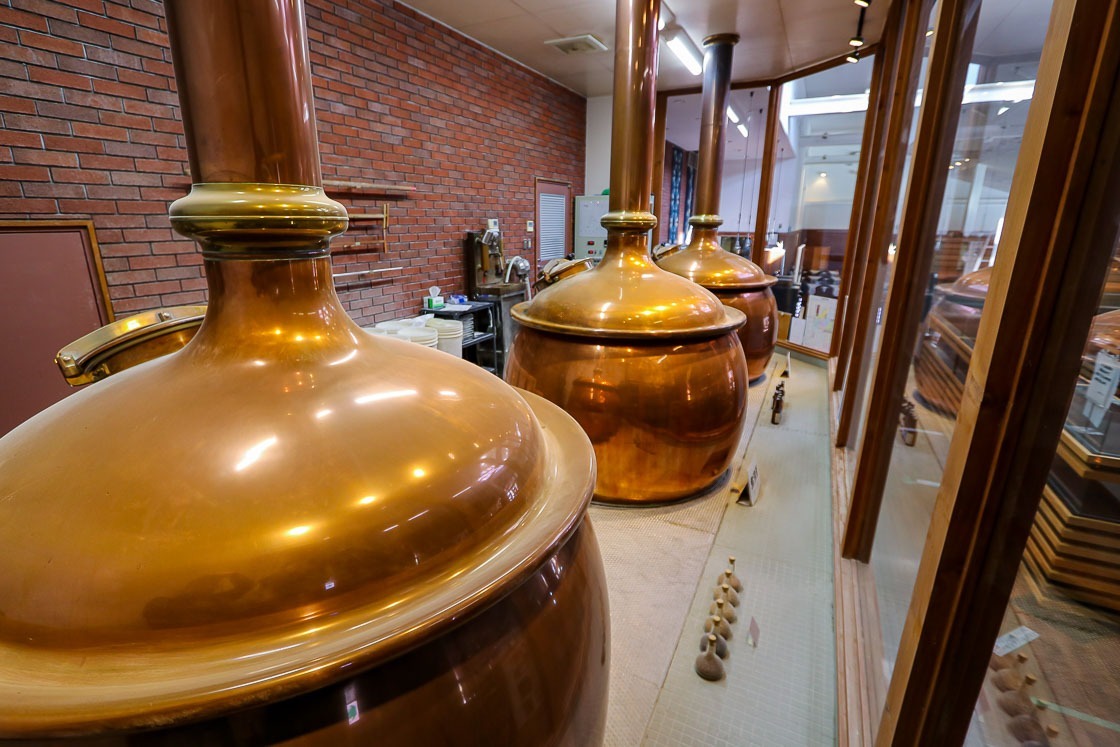
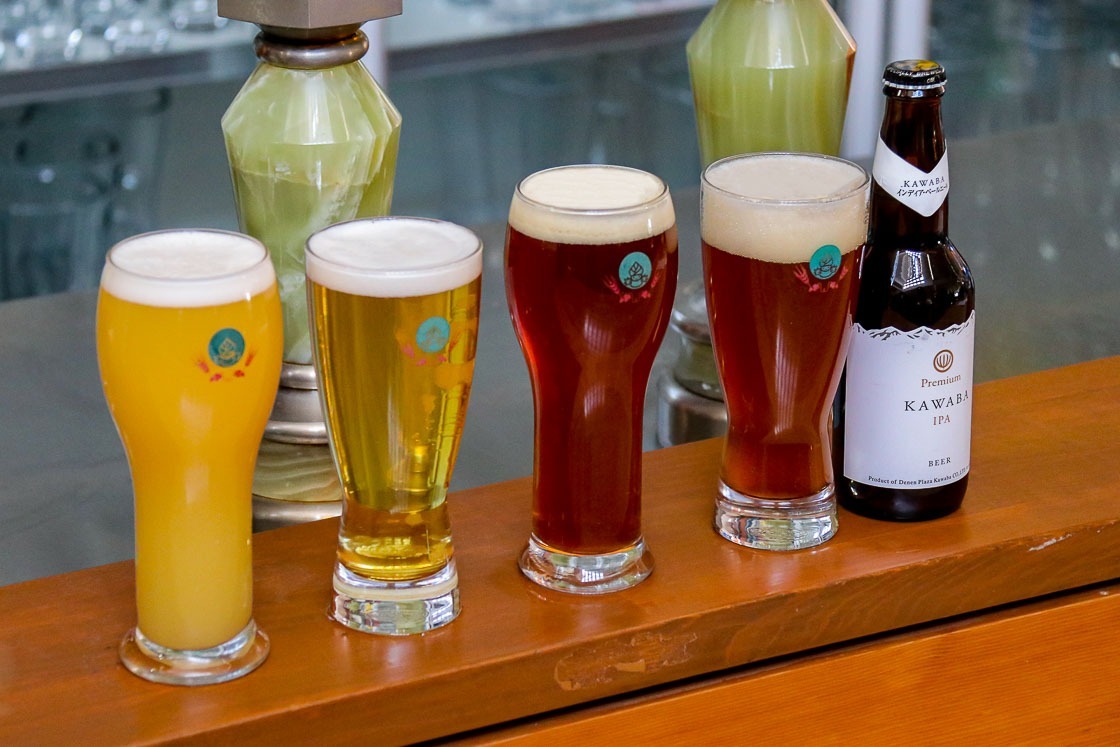
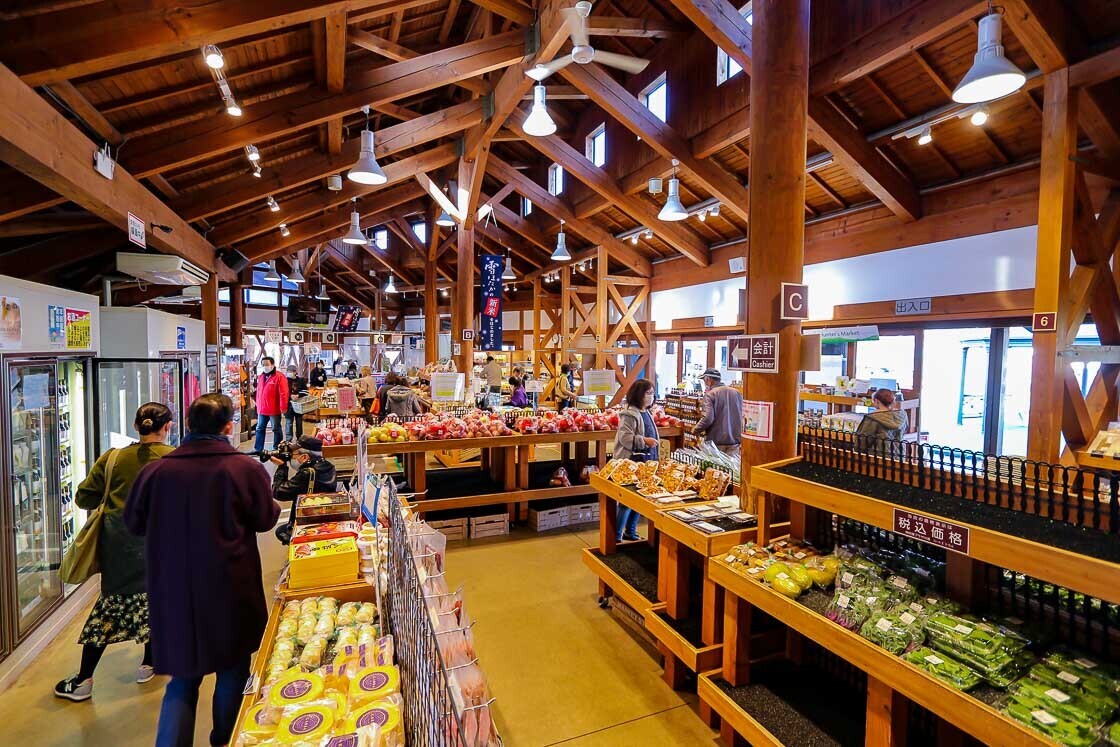
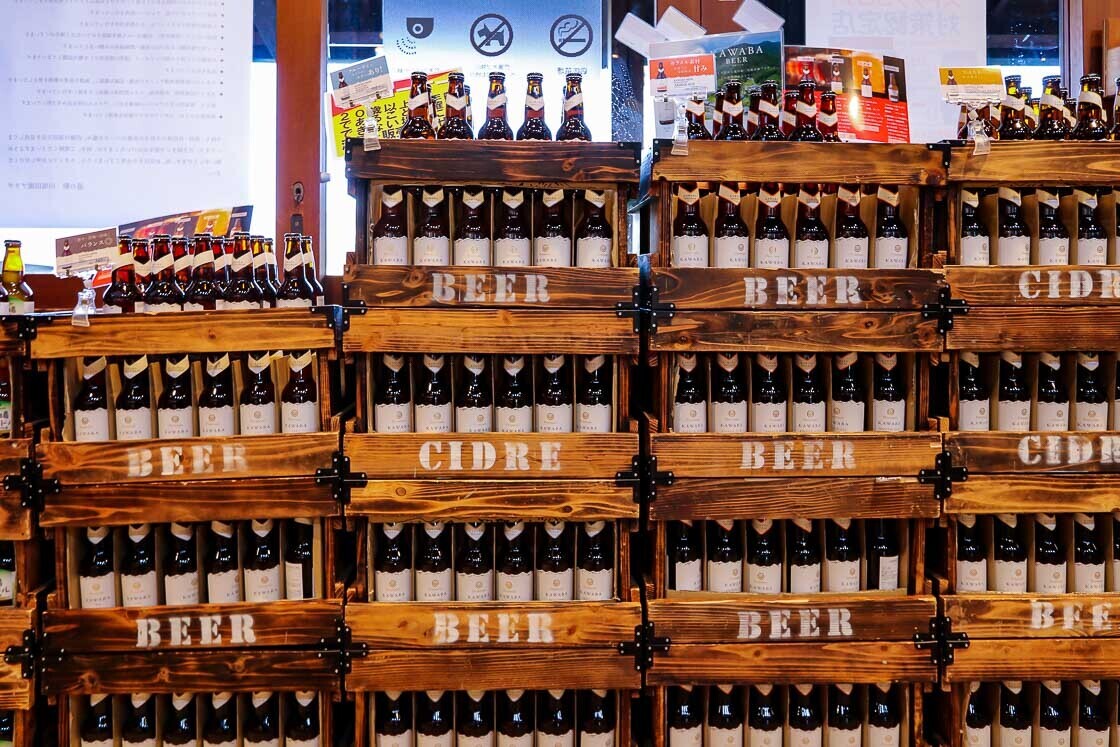
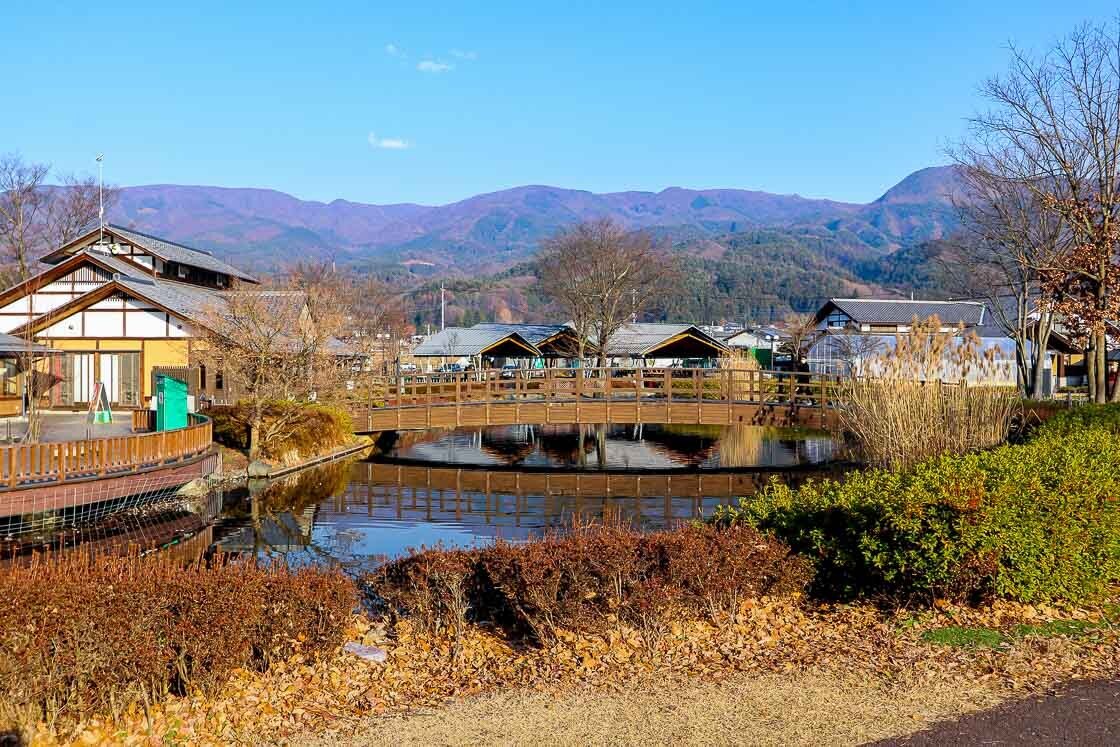
The last sake brewery on my three day tour was the Nagai Honke sake brewery, which uses water that flows from the surrounding mountains. The sake making process at Nagai Honke involves using traditional wooden equipment to wash and steam the rice and pasteurizing the sake at a low temperature just like it was done centuries ago. Due to its location surrounded by orchards, the sake brewery also produces fruit liqueur which were equally tasty as I found out.

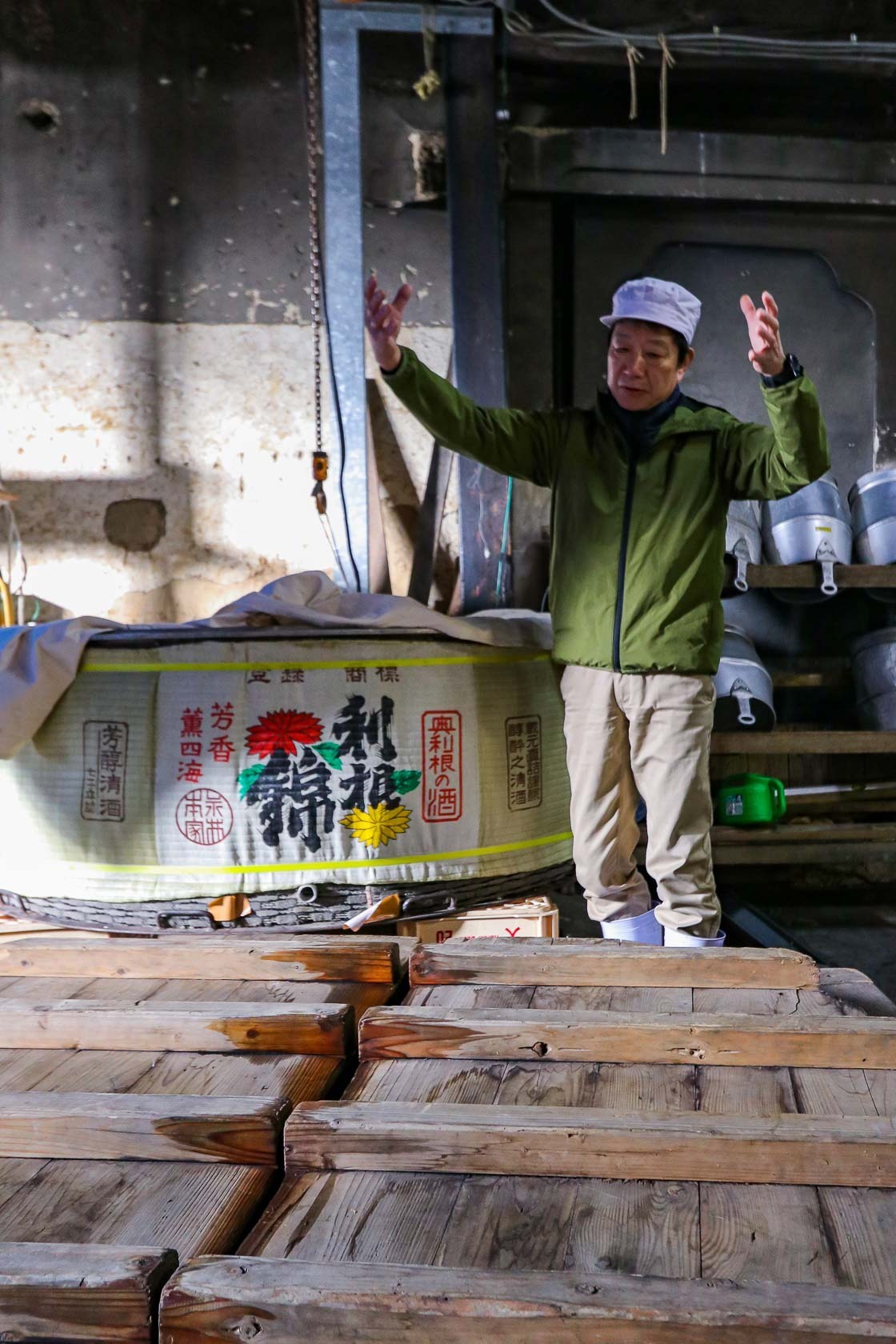
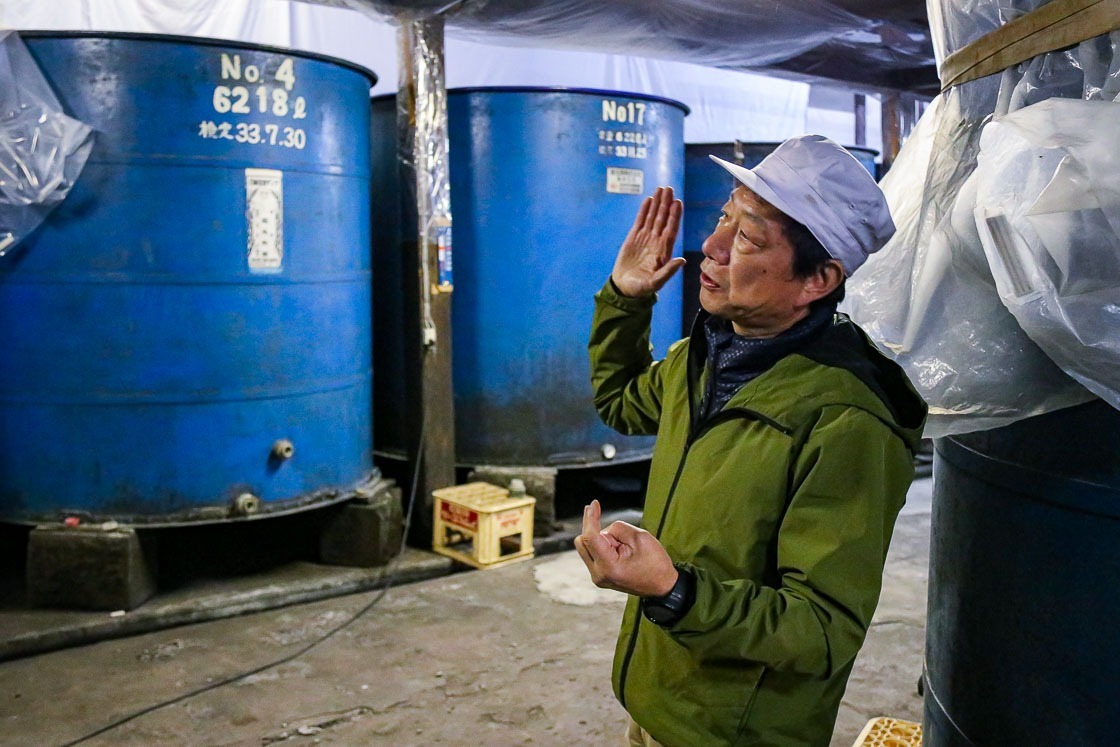
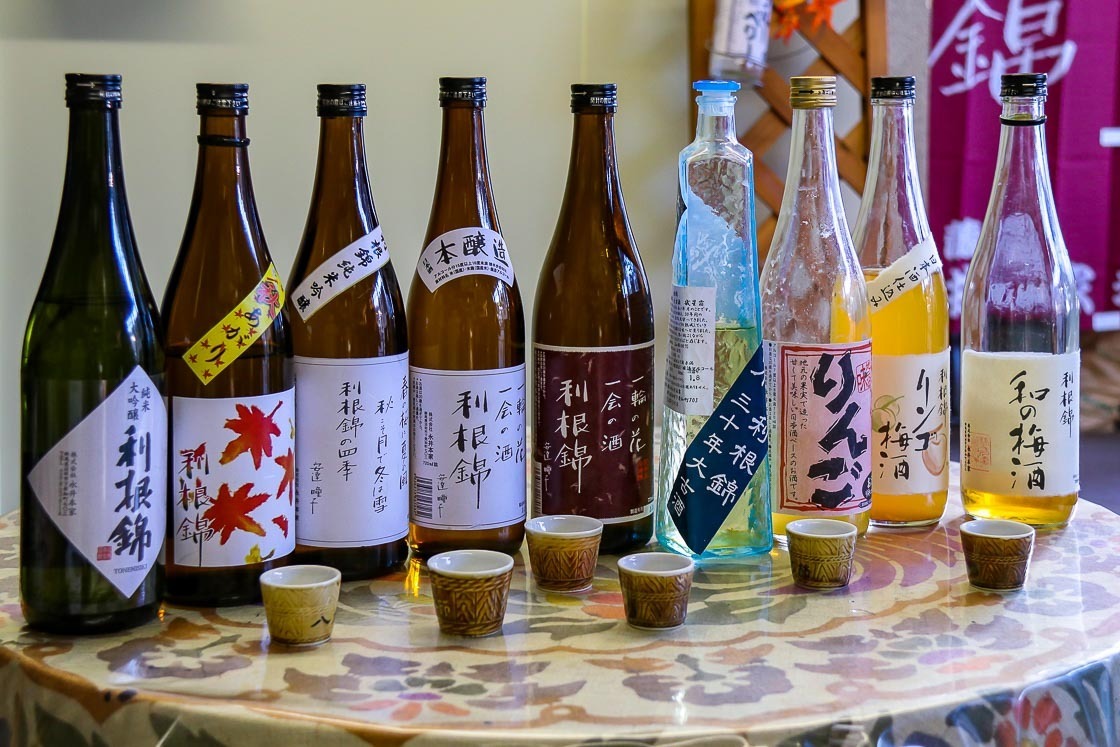
Finally, I made my way to Tsukiyono Vidro Park, a glass theme park in Gunma. There are not many glassworks factories in Gunma, and in addition to visiting the museums on site, the Vidro Park offers visitors an opportunity to participate in a glass blowing activity, which was what I did. The activity took about 30 minutes, faster than I had expected to make a glass piece, but it was a lot of fun for a novice like me. While I couldn't bring my beautiful creation home the same day, it was delivered to me a couple days after. Delivery is also available to the airport for those leaving the day after or to their next accommodation, but it is best to confirm that before joining an activity.
To round up my 3-day trip, I made my way to the Tsukiyono Craft Beer restaurant on the premises of the Vidro Park. I tried some of their beer on the second day at Ikufuudo, and today, I had the opportunity to see some of their brew kettles and drink all the varieties of beer they had on tap. A nice touch at the restaurant was drinking the beers out of glasses handmade at the adjacent factory.
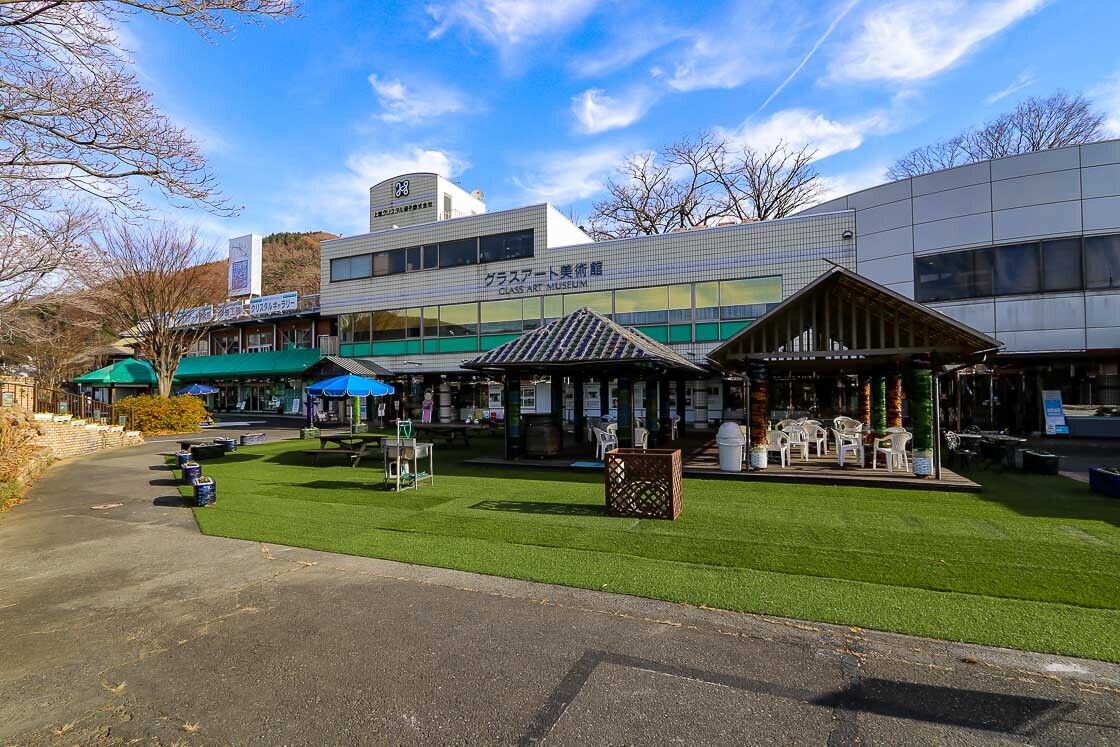
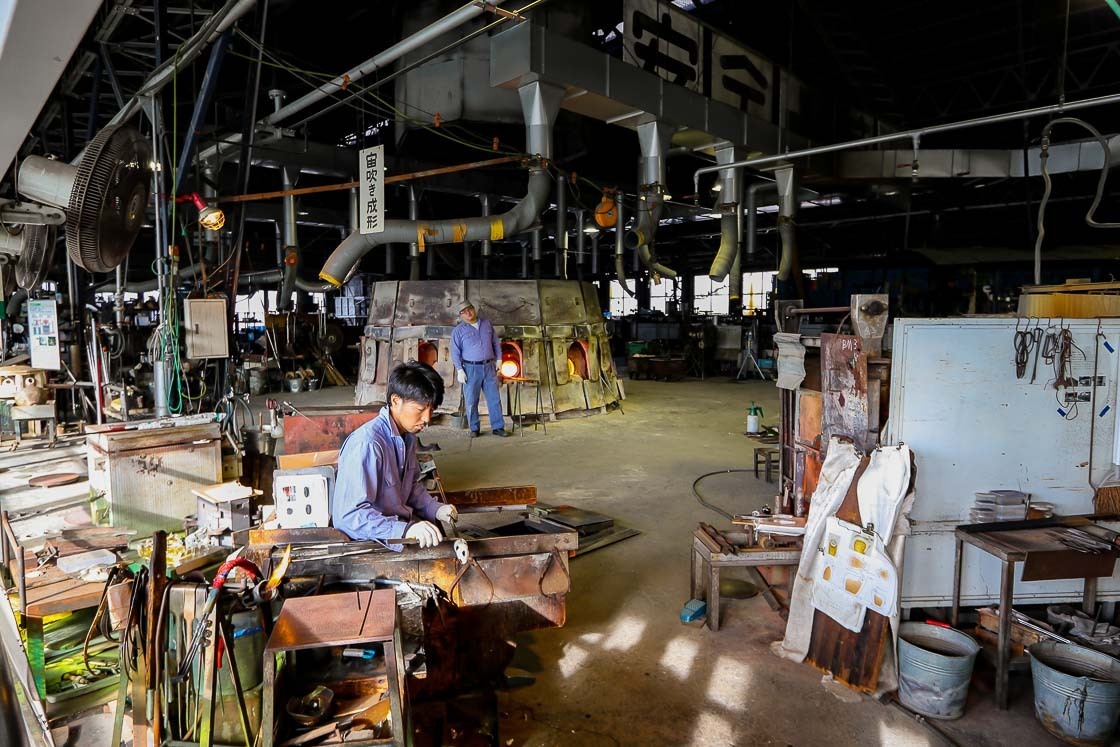
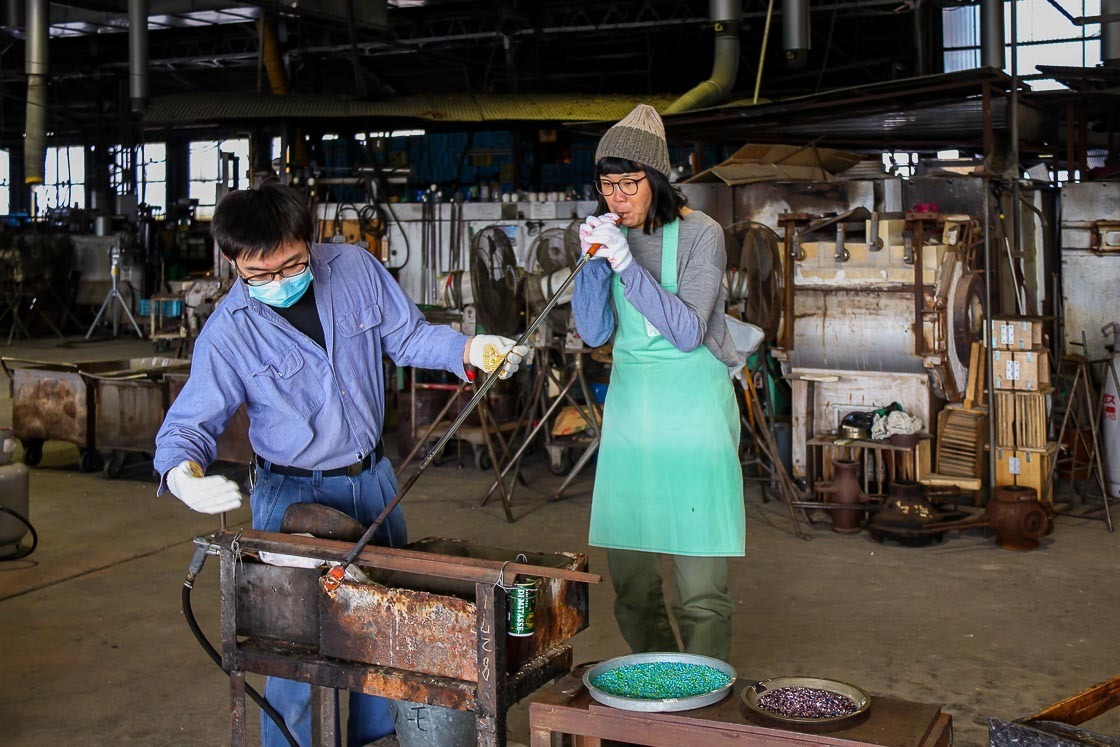
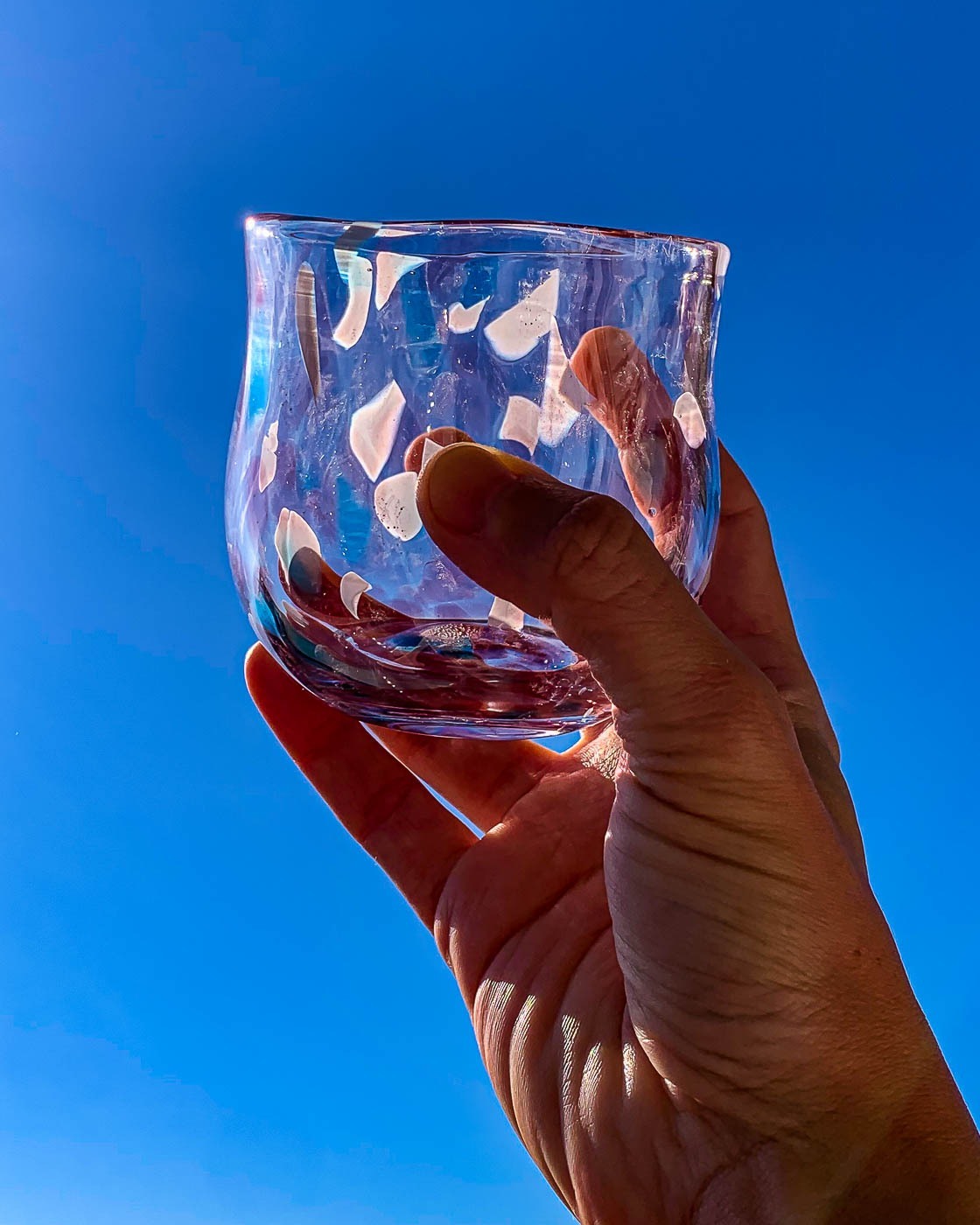
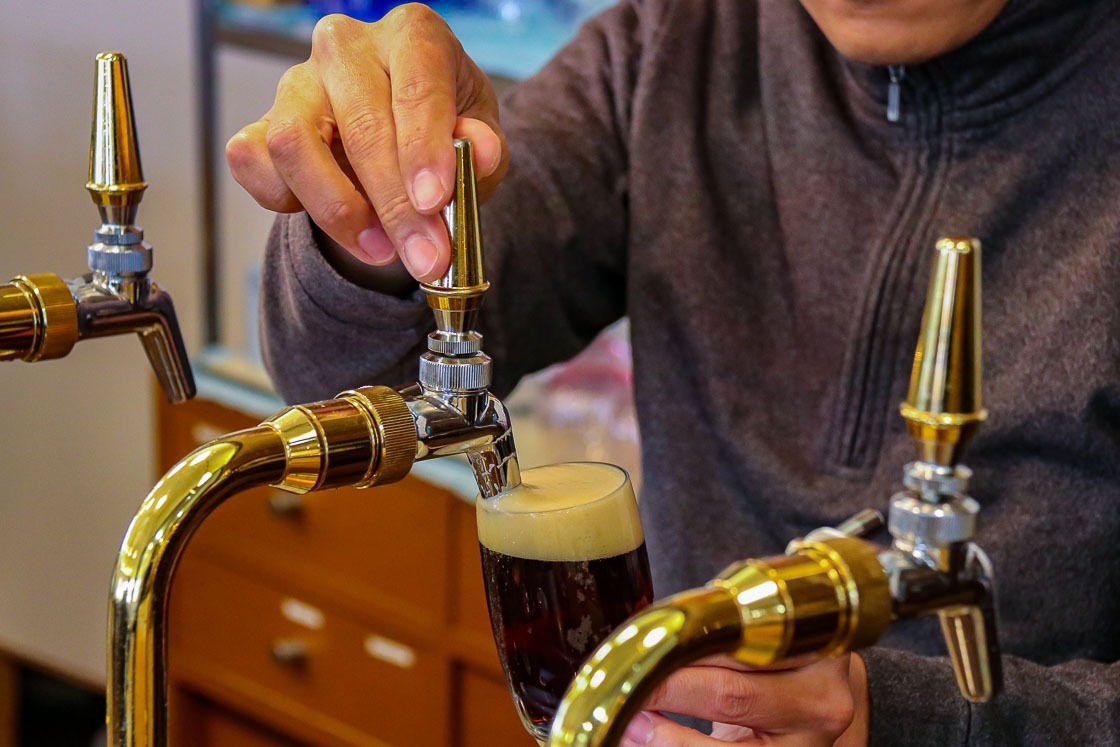
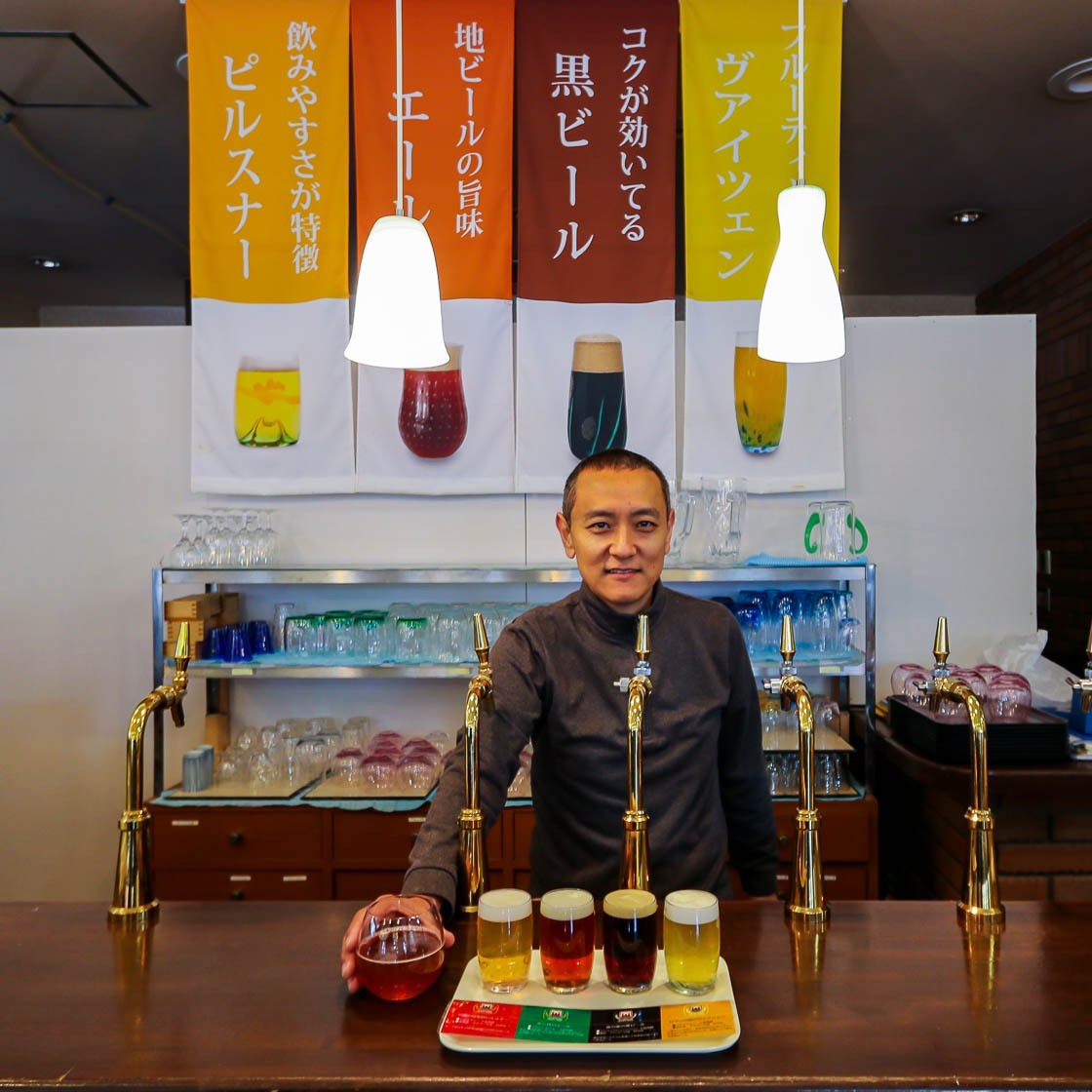
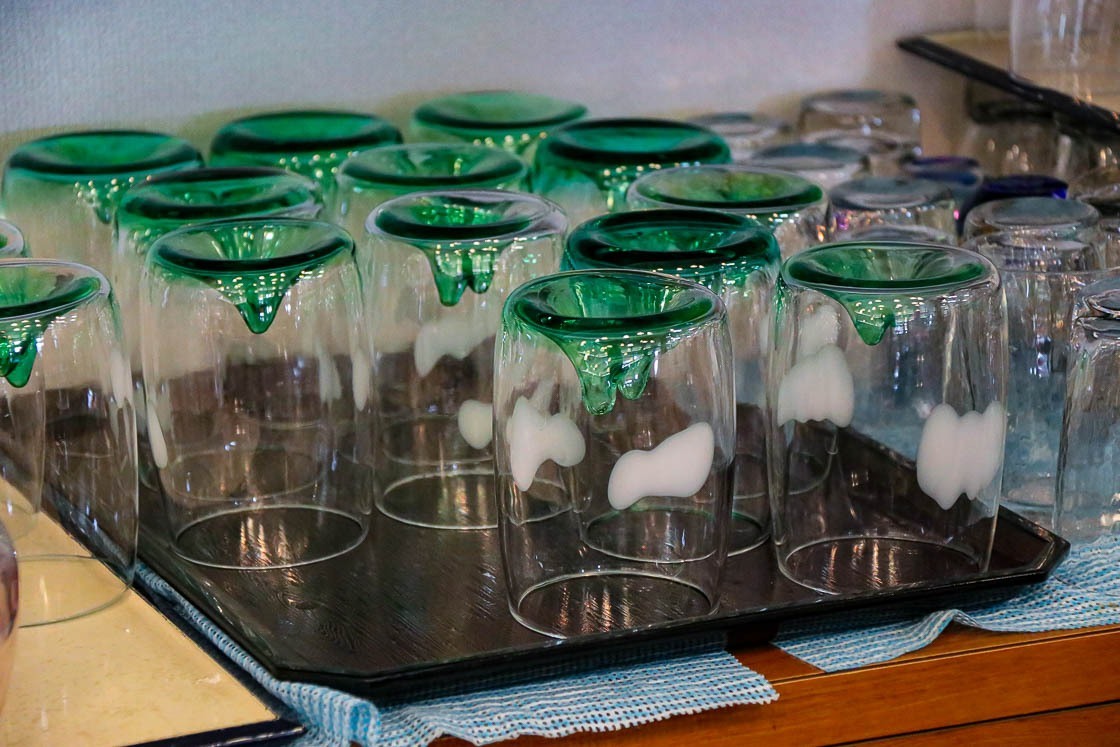
And that was my 3-day brewery tour in the Tone-Numata region. It was a fulfilling time where I better appreciated the quality of water found in the region and sampled more sake than I ever would in a regular week. I know for sure where I'll be headed the next time I want to go on a nice relaxing trip near Tokyo with great drinks.
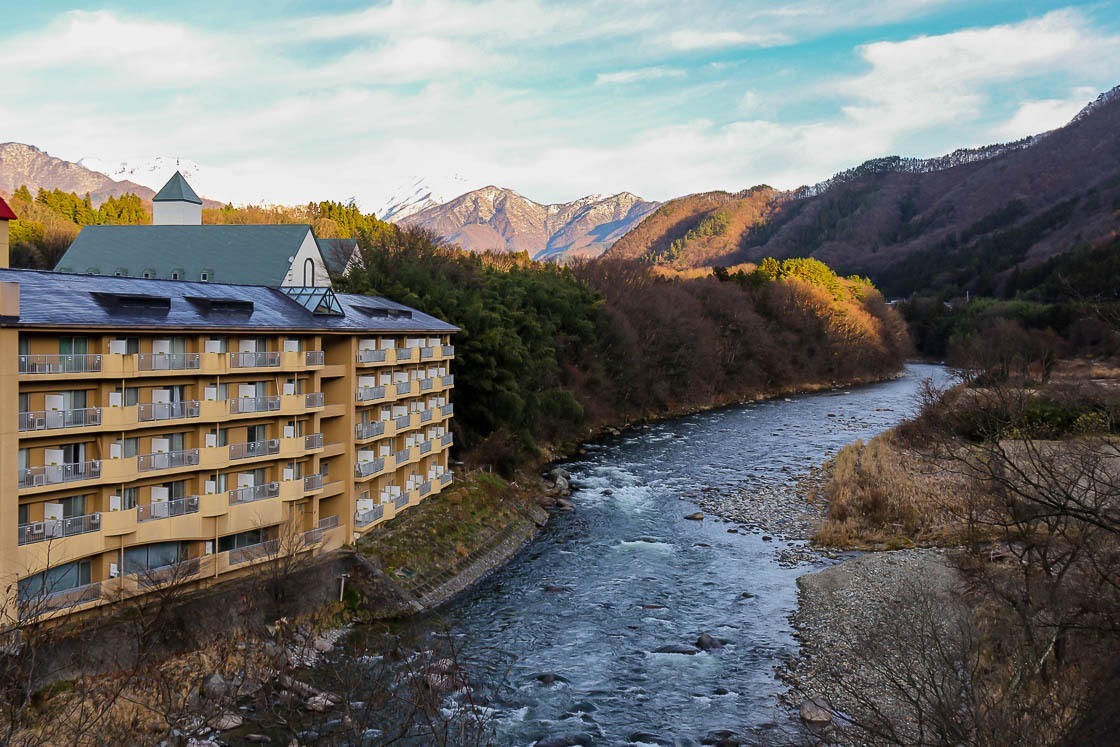
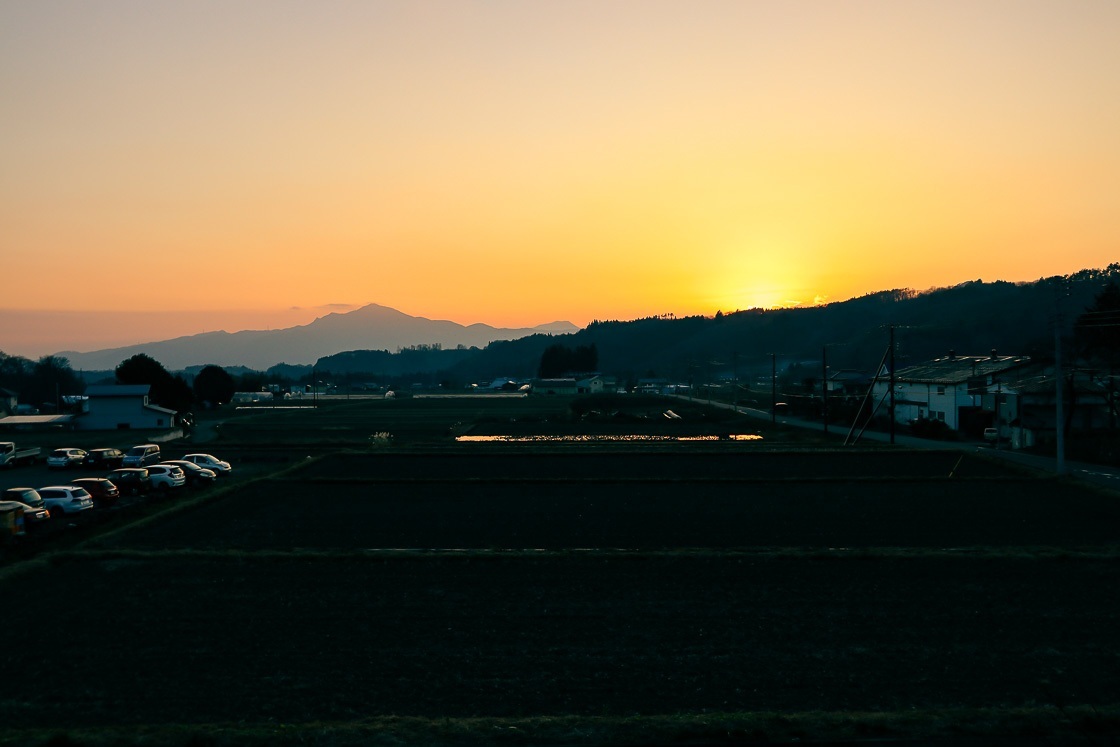
Access
Jomo Kogen Station on the JR Joetsu Shinkansen is the shinkansen station serving northern Gunma Prefecture. The one way journey from Tokyo to Jomo Kogen Station takes about 70 minutes.
A rental car is the best way to explore the Tone-Numata region, and rental car outlets can be found at Jomo Kogen Station. Remember that driving under the influence of alcohol in Japan, even just a tiny bit, carries severe penalties. Those planning to drink alcohol should not drive at all.

